The BMW Group Technology Office USA and GoPro have announced that the BMW M Laptimer app will include the ability to control a GoPro camera on iOS devices.
Coupe, Sports Car, Technology, News
Coupe, Sports Car, Technology, News
The BMW Group Technology Office USA and GoPro have announced that the BMW M Laptimer app will include the ability to control a GoPro camera on iOS devices.
Hypercar, Motorsports, Sports Car, Technology
Lamborghini owners who use their cars on track days can now monitor and analyse their performance thanks to a new App.
Hypercar, Electric, News, Supercars, Technology
Techrules plans to launch China’s first supercar – featuring its TREV technology – in the next two-to-three years.
Electric, Hatchback, News, Technology
Hitachi and Honda have reveal a prototype of a portable alcohol detector that can be integrated into a smart key.
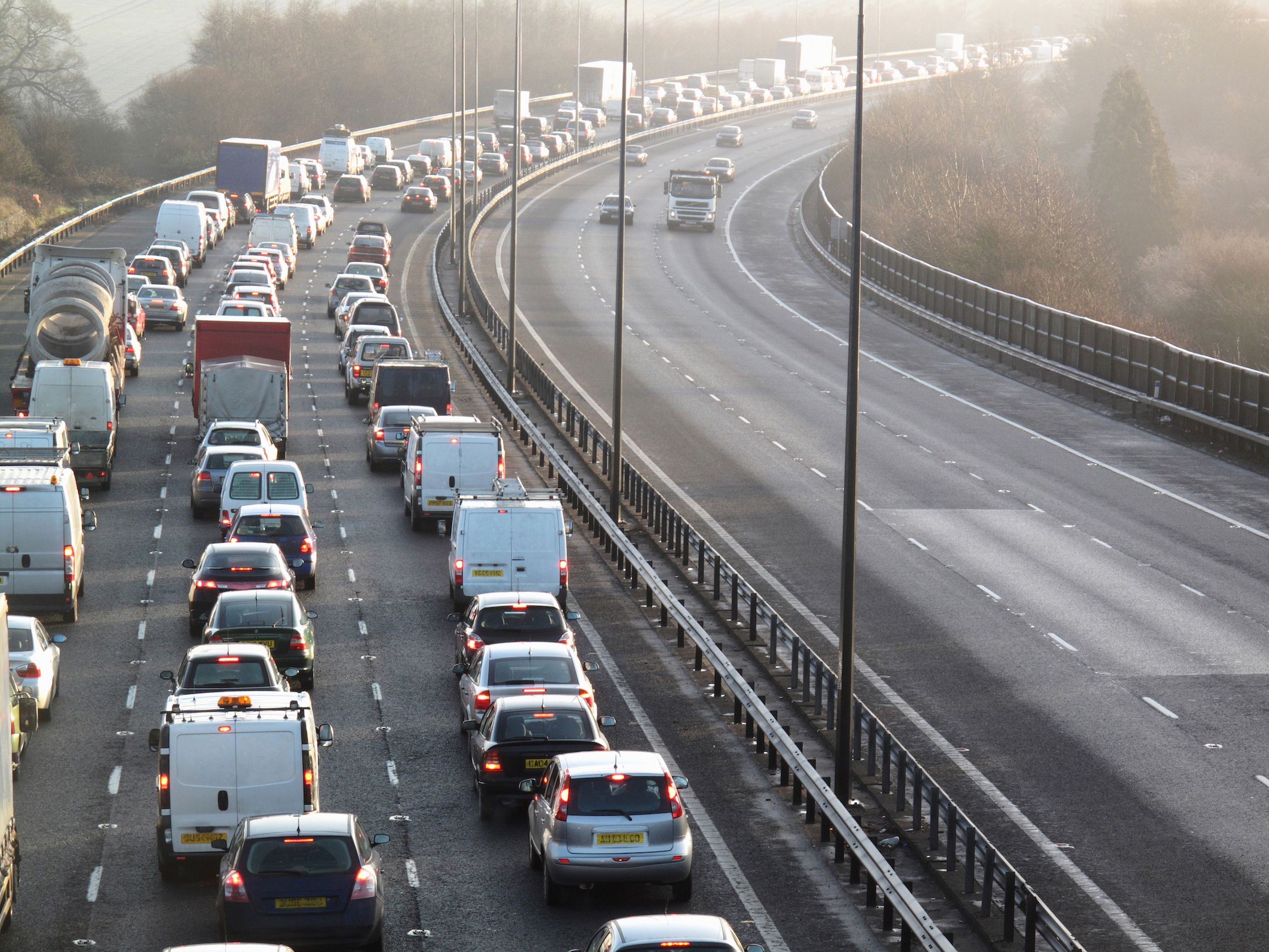

That’s according to the annual Traffic Index from TomTom which shows across the rest of Europe, average congestion is actually 3 per cent down over the same period.
The annual Traffic Index shows average UK journeys in 2015 took 29 per cent longer than they would in free-flowing conditions – up from a 25 per cent delay in 2010. The analysis of 14 trillion pieces of traffic data worldwide showed that the morning rush hour is almost 10 per cent more congested than in 2010, with the evening peak nearly a fifth (19 per cent) worse – suggesting that people return home in a narrower time period in the evenings.
The average commuter driving to and from work in the UK’s top 25 cities wasted 127 hours (more than 5 whole days) stuck in traffic during 2015. Congestion has got 4 per cent worse in the past year alone. It’s risen in 17 of the 25 UK cities in the report, with a further 4 remaining about the same. Only Nottingham, Portsmouth, Middlesbrough and Preston have shown slight decreases.
In 295 cities globally Belfast was once again the most congested city in the UK – and 14th worst in the world. Journey times in 2015 were 40 per cent slower than free-flow traffic throughout the day – peaking at 86 per cent longer in the evening rush hour.
London is the 20th most congested city worldwide – and second worst in the UK - with journey times 38 per cent slower, rising to 66 per cent in the evening peak. The Northern Powerhouse of Manchester (37 per cent slower) moves up into third place, overtaking Edinburgh (37 per cent) and Brighton (34 per cent). The next five worst cities for congestion are Hull, Bournemouth, Newcastle, Bristol and Sheffield.
“Transport authorities are managing congestion with well-engineered policies, but you can’t just build your way out of traffic jams” said Ralf-Peter Schaefer, Vice-President of TomTom Traffic. "Studies have shown that policies of ‘predict and provide’ are unsustainable. Building new motorways and ring roads doesn’t eliminate congestion. More must be done to better manage existing road space and to spread demand.
“People simply aren’t doing enough to change their travel habits - such as working flexible hours, avoiding peak commuting times, making use of real–time traffic information and trying alternative travel modes. If only five per cent of us changed our travel plans, we could improve traffic congestion on our main roads by up to thirty per cent”.
Globally, Istanbul has been knocked off the top spot by Mexico City. Commuters in the Mexican capital can expect to spend 59 per cent extra travel time stuck in traffic during the day, rising to 94 per cent in the evening peak period – a total of 219 wasted hours a year. The next most congested big cities worldwide are Bangkok (57 per cent), Istanbul (50 per cent), Rio de Janeiro (47 per cent) and Moscow (44 per cent).
TomTom has been collecting traffic data since 2008 and over that period, the UK city that has recorded the largest overall growth in congestion is Coventry - up a staggering 67 per cent. Stoke-on-Trent has seen the biggest increase in rush hour congestion, at 44 per cent. But Cardiff can give itself a pat on the back, with overall congestion down 19 per cent since 2008.
The TomTom Traffic Index is the only global measurement of congestion comparing travel times between non-congested hours and rush hour periods, for passenger vehicles. It takes into account local roads, main roads and motorways across 295 cities in 38 countries on six continents.
Electric, Motorshow, News, Technology
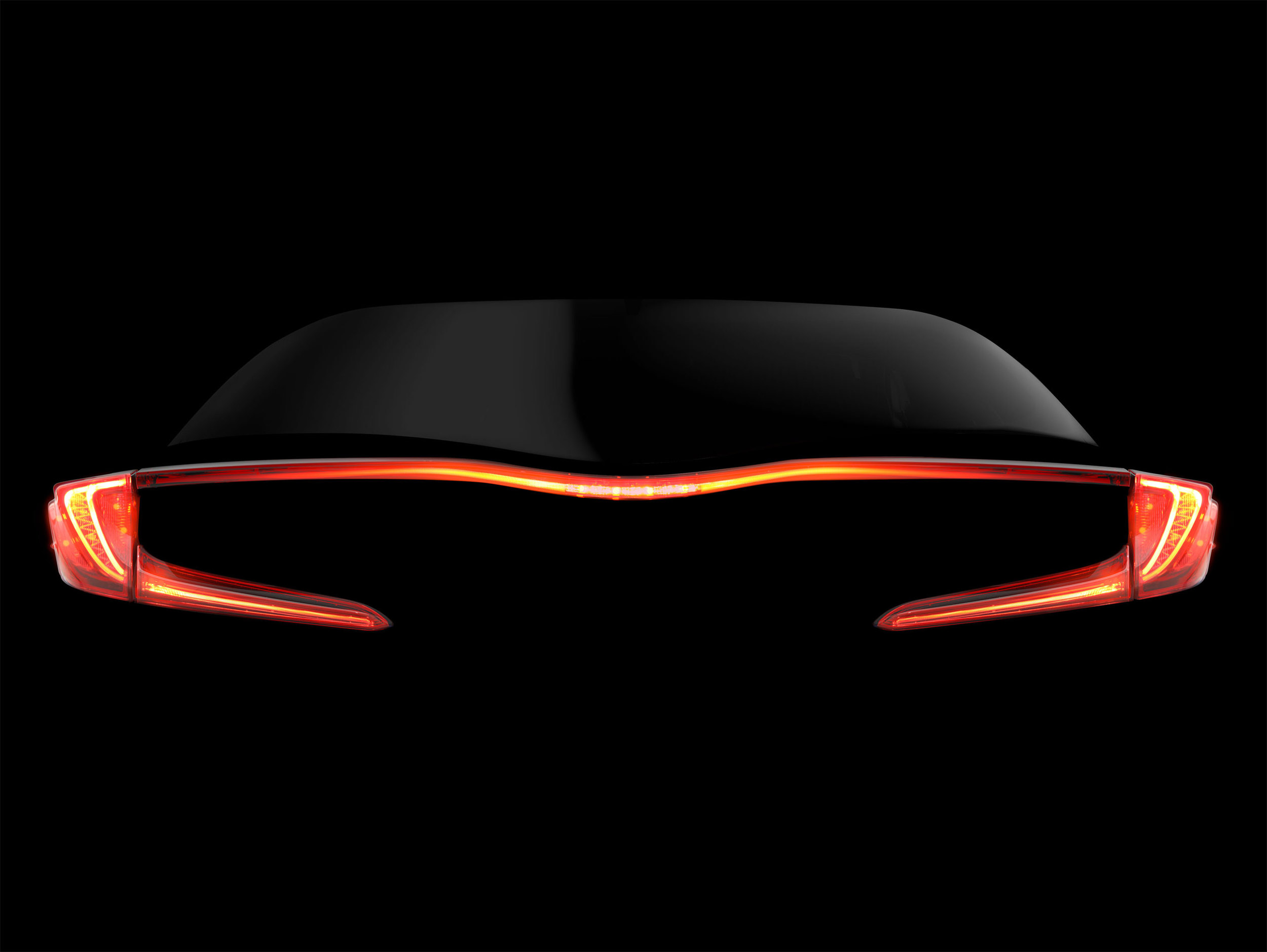
Toyota has released a teaser image of its new Prius.
Set to debut at the New York Auto Show this March, Toyota is giving very little away although it is clear the new Prius model will feature a new tail-light design. The updated horizontal rear lights seemingly replace the more vertical lights seen on the current model.
Toyota has also confirmed its display will also include ‘stand-out style’ as well as eco-technology. Toyota will roll out the next development in its new Prius line-up at 09:10 local time, 13:10 UK time, on 23 March.
The New York Motor Show runs from March 25 - April 3.

The Department for Transport has committed £20 million of funding to help develop the next generation of autonomous vehicles.
Eight new projects have been awarded £20 million in funding to research and develop enhanced communication between vehicles and roadside infrastructure or urban information systems, including new ‘talking car technologies’. This is described as a ‘landmark moment’ and will allow Britain to lead the way in the testing of connected and autonomous vehicles.
The projects are the first to be funded from the government’s £100 million Intelligent Mobility Fund which ranges from developing autonomous shuttles to carry visually-impaired passengers using advanced sensors and control systems, to new simulation trials for autonomous pods to increase uptake and improve real-world trials.
Trials to test driverless cars on the streets are currently being worked on in Bristol, Coventry and Milton Keynes, and Greenwich. With a rich fabric of scientists and engineers who have established the UK as pioneers in the research and development of connected and autonomous vehicles, today’s funding will help strengthen the UK as a global centre for the fast-growing intelligent mobility market, estimated to be worth £900 billion per year globally by 2025.
Business Secretary Sajid Javid said: “Our cars of the future will be equipped with the technologies that will make getting from A to B safer, faster, and cleaner. They will alert drivers of accidents ahead and be able to receive information from their surroundings about hazards, increasing the safety of drivers, passengers and pedestrians.”
Transport Secretary Patrick McLoughlin said: “These projects will help profoundly change the way we travel within years, transforming our roads by making travel a simpler experience for drivers, reducing accidents and helping traffic flow more smoothly. They will also bring great benefits to our society and the wider economy by opening up new routes for global investment.”
Chris Reeves, Commercial Manager, Future Transport Technologies and Intelligent Mobility at HORIBA MIRA, added: “This project will pave the way for the development and deployment of connected autonomous vehicles in the UK and help the industry address global challenges relating to safety, efficiency and convenience. It will help establish the UK as a global centre of excellence and drive forward the commercialisation of connected vehicles, and deliver a major wealth creation and inward investment opportunity for the UK.”
“Britain is uniquely placed to become a global leader in connected and autonomous vehicle development, technology that has the potential to generate around £51 billion for the UK economy, save 2,500 lives and generate 320,000 jobs. Today’s (1 February 2016) first allocation of the government’s funding pledge, which will be matched by industry, is an important first step on the road to realising that opportunity” surmised Mike Hawes, Chief Executive Society of Motor Manufacturers & Traders (SMMT).
All the projects have received financial backing from industry in addition to government funding, and are backed by leading automotive businesses, engineering firms, IT specialists, universities and local authorities. The UK Connected Intelligent Transport Environment (UKCITE) project, which the Business Secretary will visit today, includes HORIBA MIRA, Jaguar Land Rover, Siemens, and Vodafone Group amongst others. He will also see demonstrations and simulations of the Flourish and Move UK projects.
In addition to the 8 collaborative R&D projects, the Business Secretary also announced 14 feasibility studies to identify where additional data could help the UK CAV market develop further.




Nissan has confirmed production of a future generation of electric vehicle (EV) batteries at its flagship manufacturing base in Sunderland.
Representing a £26.5m investment in the UK, this commitment will safeguard 300 highly-skilled jobs in manufacturing, maintenance and engineering at Nissan's advanced lithium-ion battery plant, the largest of its type in Europe.
Since EV production began in Sunderland in 2013, a £420m investment, the Battery Plant and Nissan LEAF production have supported more than 2,000 jobs at Nissan and in its UK supply chain.
Paul Willcox, Chairman, Nissan Europe, said: "Today's announcement reflects Nissan's intention to remain EV leaders for many years to come, with our UK operations at the heart of our future innovations."
Paving the way for future generation batteries will be a new £19.4m project that will team Nissan with new academic and technology partners in the UK, supported with a £9.7m grant from the UK's Advanced Propulsion Centre (APC).
The other consortium members are Hyperdrive Innovation, Warwick Manufacturing Group, University of Warwick, Newcastle University and Zero Carbon Futures, who will work together on key areas of battery development covering pilot projects, product diversification and process improvement.
UK Business Secretary Sajid Javid said: "This investment from Nissan is a further vote of confidence in our thriving automotive sector. The UK is fast becoming a world leader in low carbon automotive technology and the government is backing the industry. We committed an extra £225million funding to the Advanced Propulsion Centre in the Autumn Statement. This Nissan project, which is benefiting from that funding, shows what can be achieved."
The UK battery plant is one of three Nissan battery production sites globally, also providing battery modules for the all-electric e-NV200 van, which is manufactured in Barcelona.
4x4, SUV, Technology, News
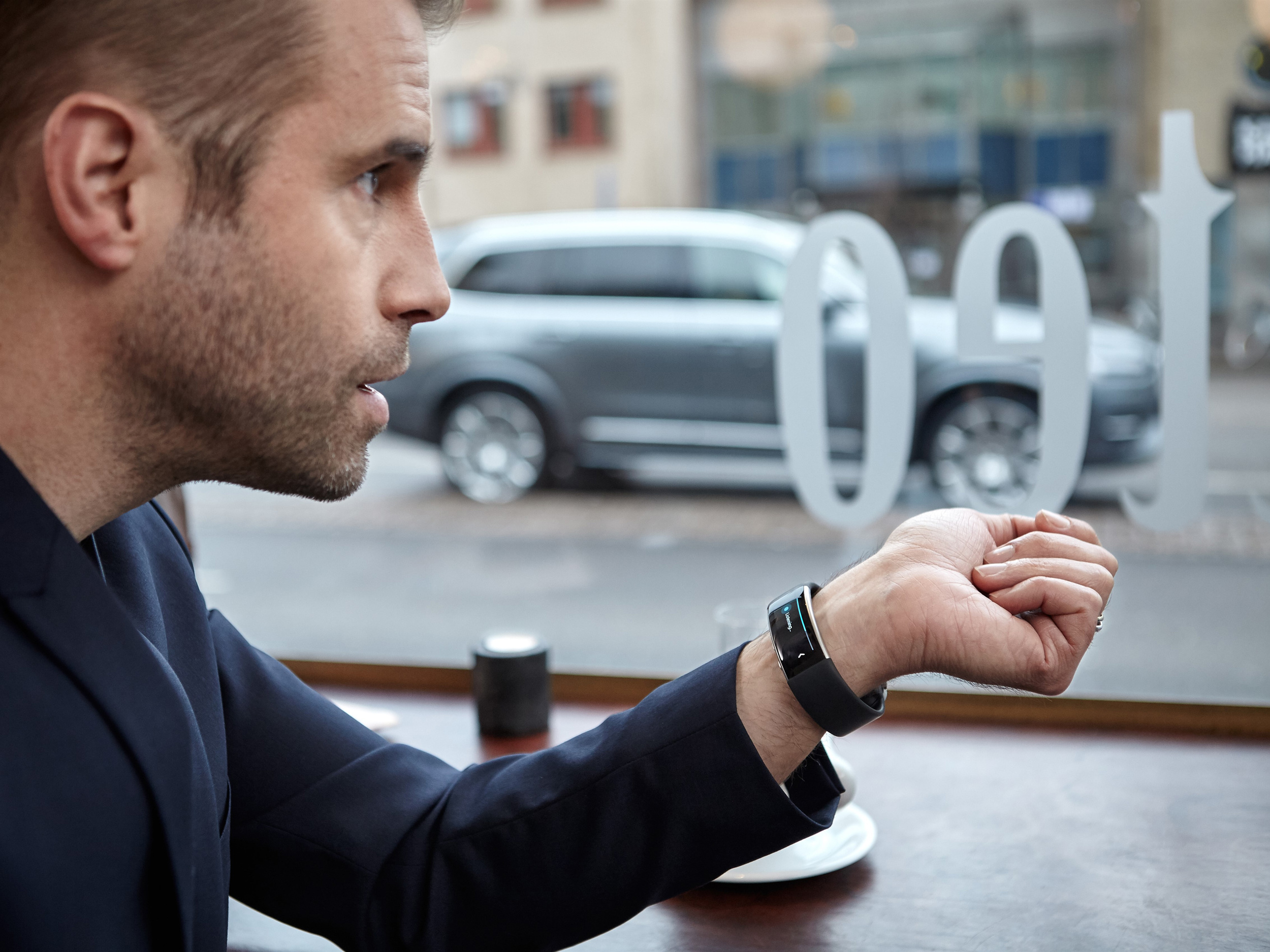

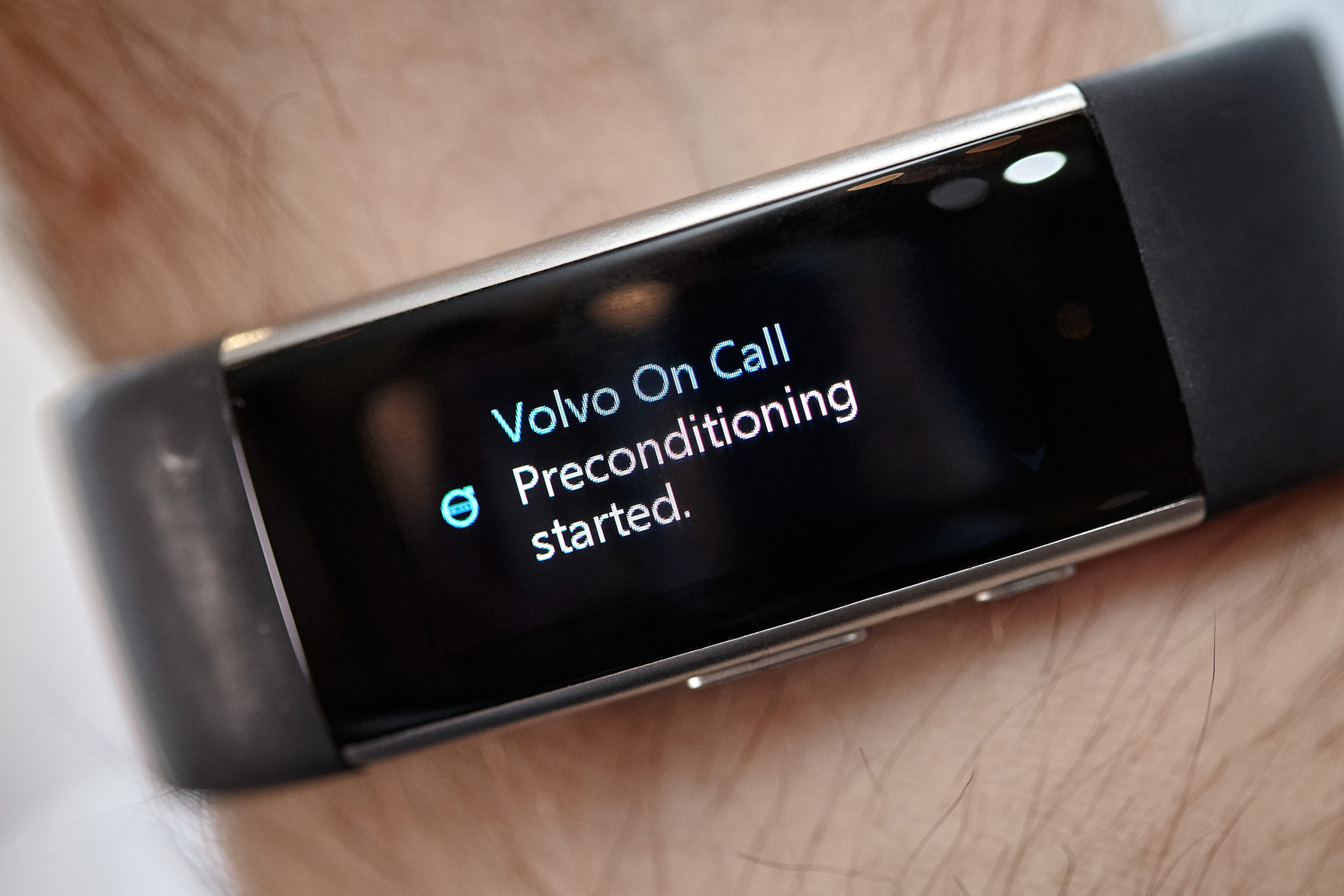
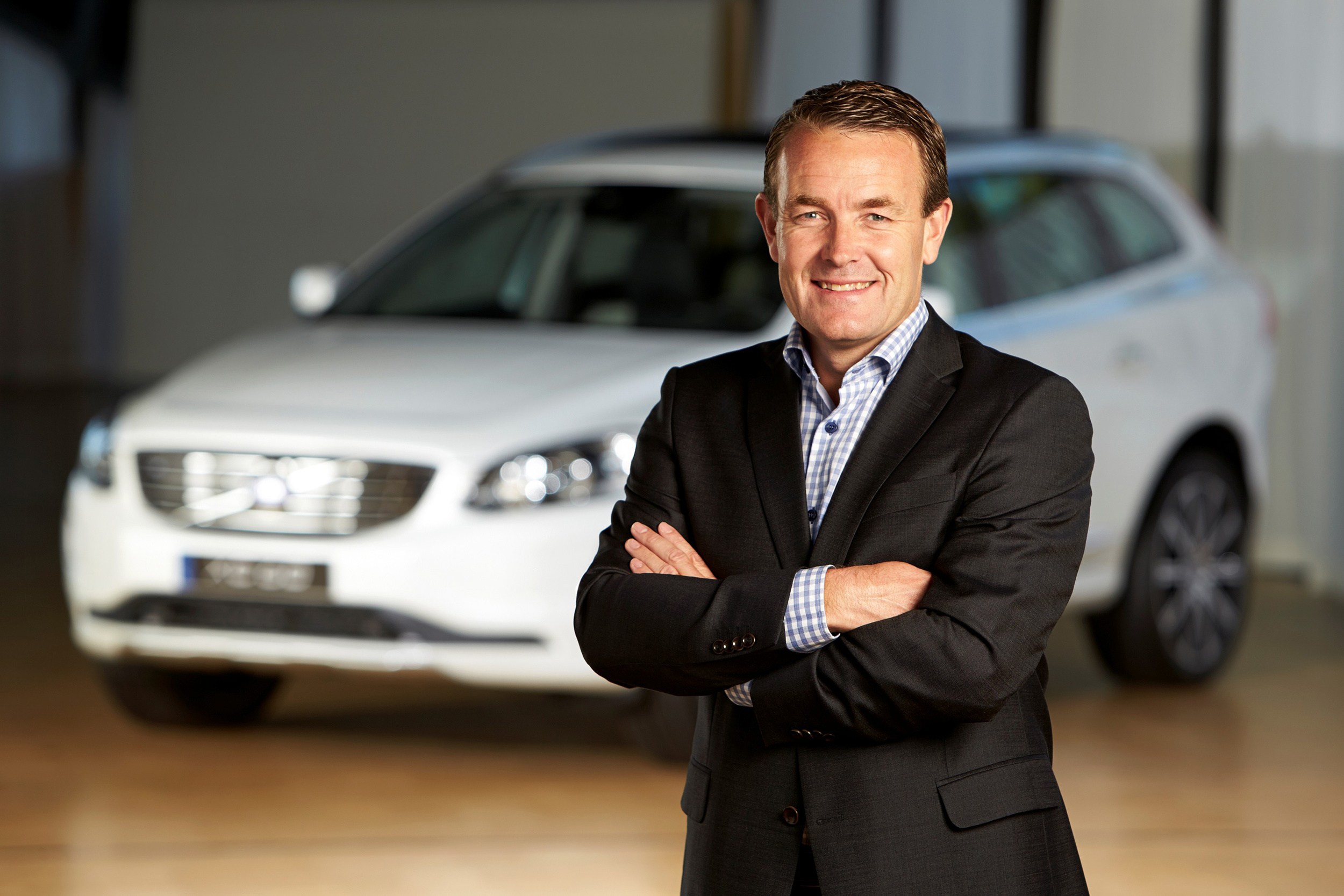
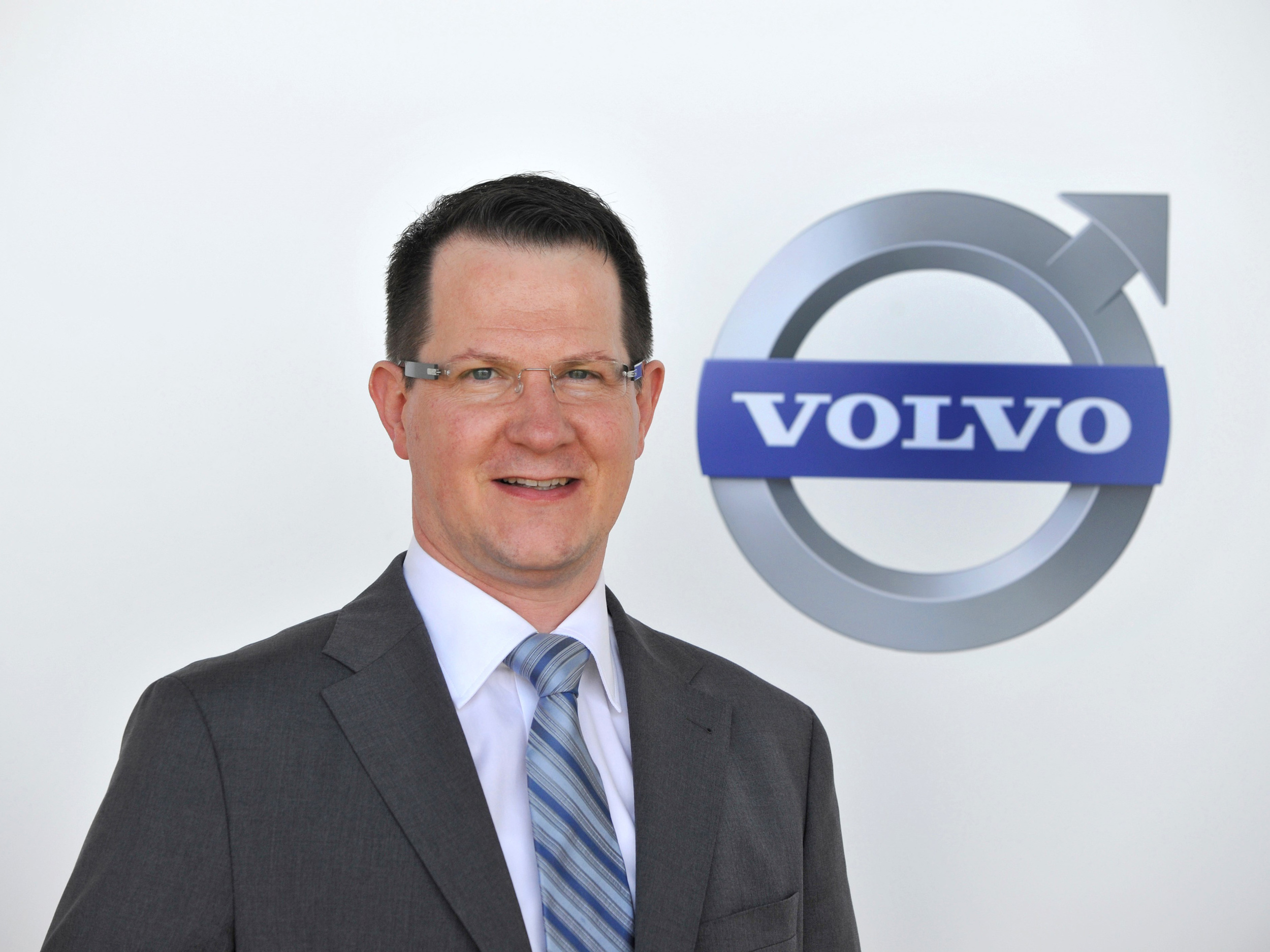
Volvo has teamed up with Microsoft to launch a wearable-enabled voice-control system, which will allow owners to talk to their cars.
Vehicles may be instructed to perform tasks including setting the navigation, starting the heater, locking the doors, flashing the lights or sounding the horn via the Volvo on Call mobile app or the connected Microsoft Band 2 device.
The remote voice control service is described as another proof-point in Volvo's and Microsoft's ambition to jointly develop next-generation automotive technologies, following the announcement in November 2015 of their collaboration with the first automotive application of HoloLens technology. HoloLens is the world's first fully untethered holographic computer, which could be used in future to redefine how customers first encounter, explore and even buy their cars.
"Volvo is intent on making the car experience as easy and convenient as possible by utilising the latest technology in the most relevant and inspiring ways. With voice control, we are only just beginning to scratch the surface of what is possible with digital assistant functionalities," said Thomas Muller, Vice President Electrics/Electronics and E-Propulsion at Volvo Car Group.
Customers in Volvo on Call-enabled markets will be able to connect to their Volvo cars with voice control through Microsoft Band 2, from Spring 2016.


Volvo is developing intelligent, high-bandwidth streaming capabilities with its technology partner, Ericsson.
The announcement comes as the 2016 Consumer Electronics Show (CES) opens its doors to the public and the goal, says Volvo, will be to ensure drivers and passengers get the most out of their time travelling in an autonomous Volvo.
“We recently unveiled our design vision for fully autonomous cars with Concept 26. Now we are actively working on future solutions to deliver the best user experience in fully autonomous mode. Imagine a highway full of autonomous cars with their occupants sitting back watching their favourite TV shows in high definition. This new way of commuting will demand new technology and a much broader bandwidth to ensure a smooth and enjoyable experience,” said Anders Tylman, General Manager Volvo Monitoring and Concept Centre at Volvo Car Group.
Autonomous drive will bring a paradigm shift to mobile net demands and Volvo and Ericsson believe that it will result in an increased need for consistent and high-bandwidth coverage outside densely populated areas such as city centres and suburbs.
Utilising Ericsson’s network and cloud expertise, Volvo’s aim is to deliver a high-quality, interruption-free experience in its cars while on the move. By predicting your route and looking ahead at network conditions, content can be tailored to the duration of each trip and intelligently buffered to deliver a high-quality and uninterrupted viewing experience.
“Our research shows that almost 70 per cent of all mobile data traffic will be from video in the coming years. This requires an innovative connectivity, cloud and analytics solution that is not only capable of serving multiple moving vehicles across a highway, but also has the capacity to provide the high-quality, uninterrupted video service today’s consumer is accustomed to,” said Claes Herlitz, Head of Automotive Services at Ericsson.
By learning the most common routes and times of travel, and understanding media preferences, future Volvo cars will be able to provide one-click navigation and a customised preference-based list of potential media – allowing customers to choose routes and select content tailored to the amount of autonomous time that is available during their commute.
“If you want to watch the latest episode of your favourite series, the car will know how long the journey needs to take and can optimise the route and driving control accordingly. With autonomous drive it is no longer just a question of getting from A to B quickly – it’s about the experience you wish to have in the car, how you wish to spend the time you are saving. With our future autonomous drive technology we will provide people with the freedom to choose the way they would like to commute and the content they would like to experience,” concluded Anders Tylman.
Concept Car, News, Motorshow, Sports Car, Technology
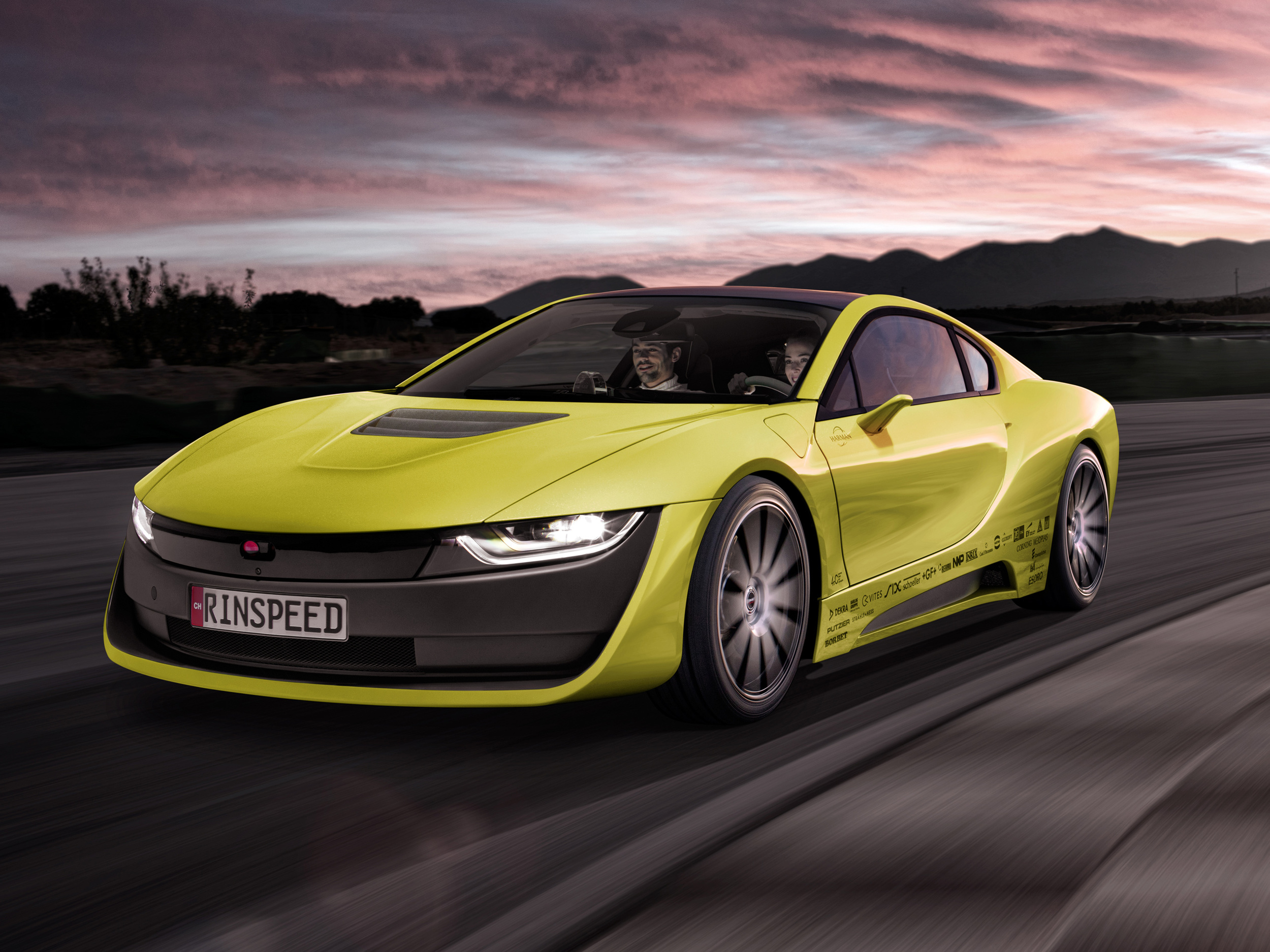

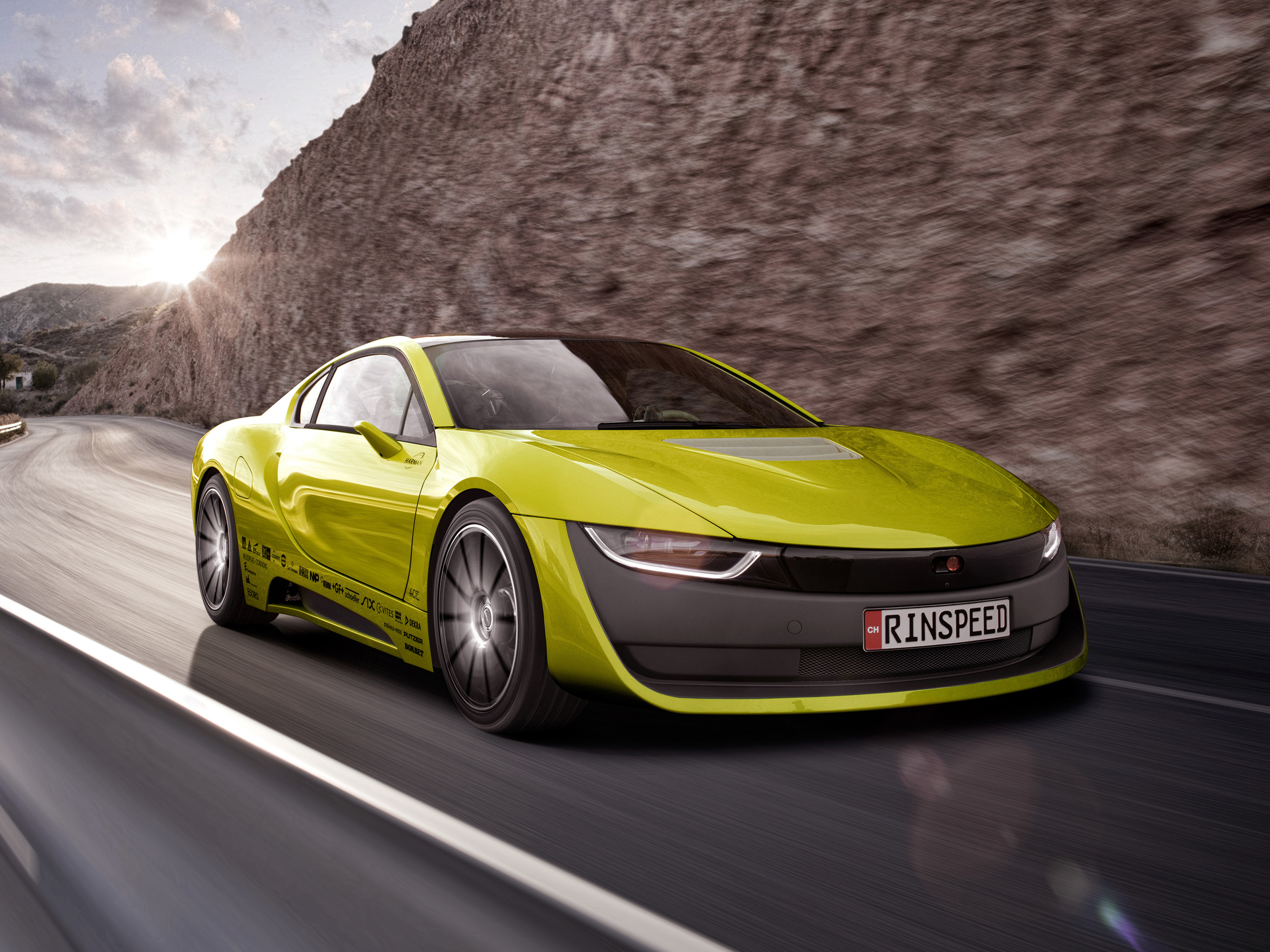
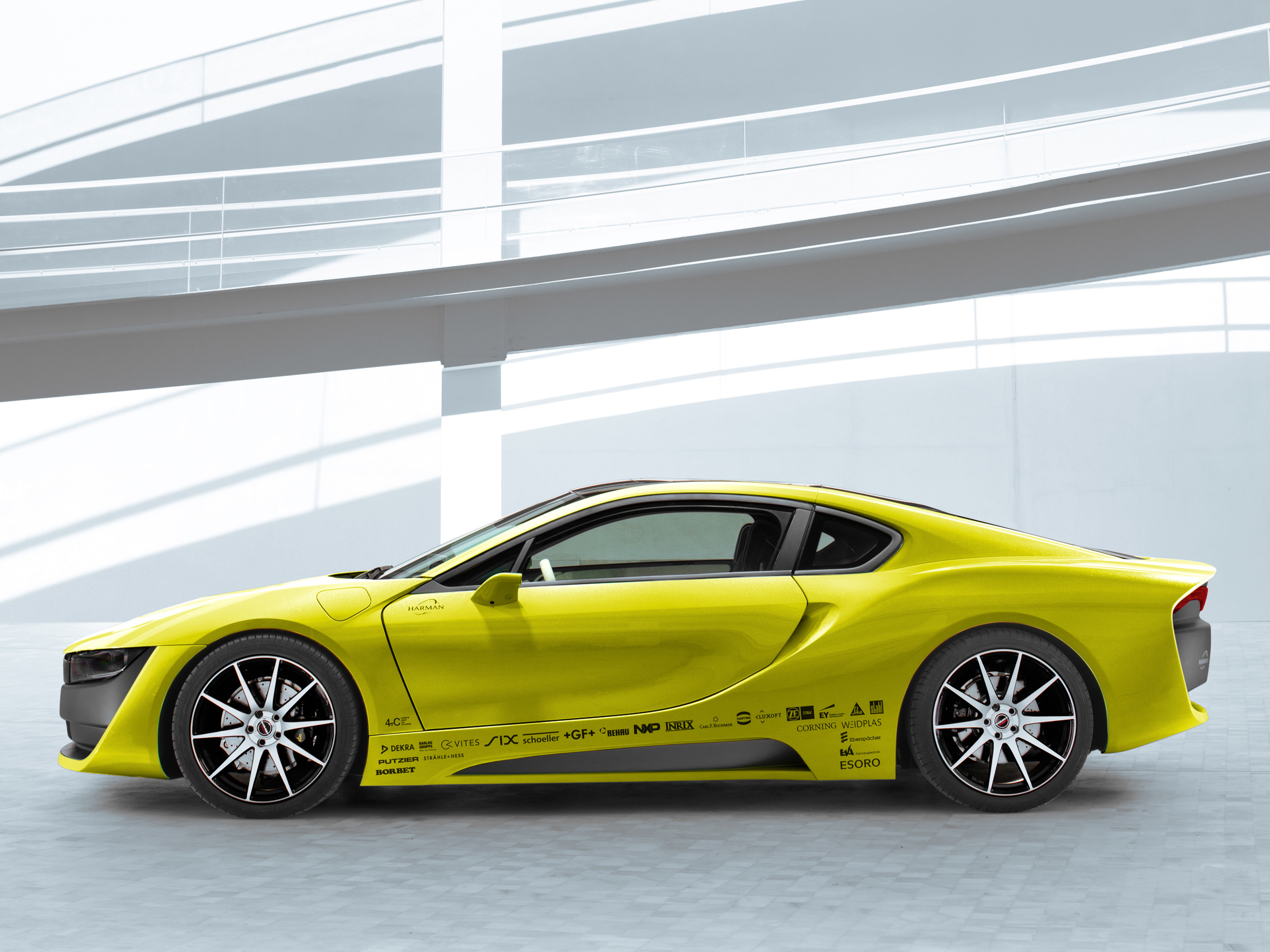
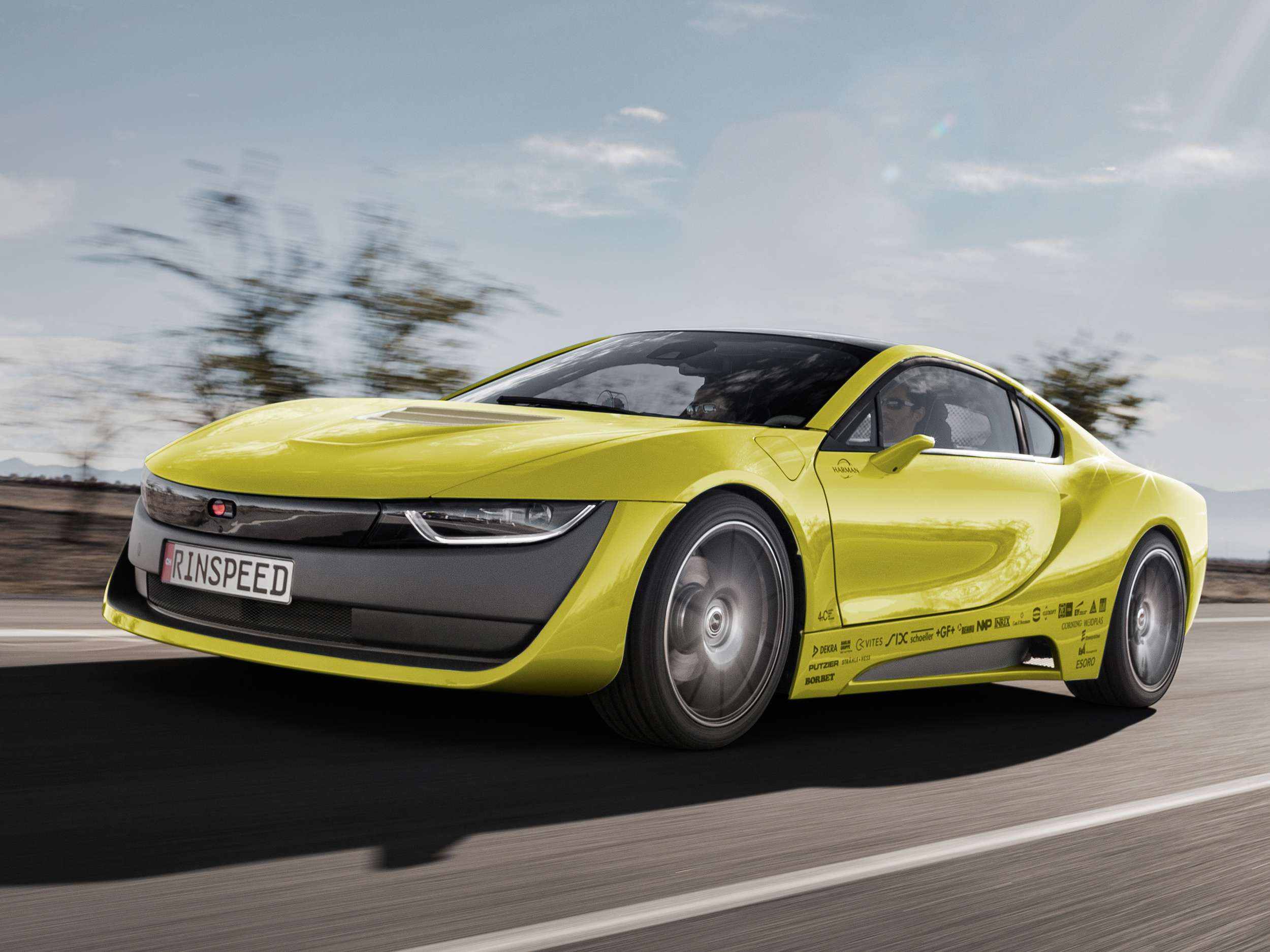
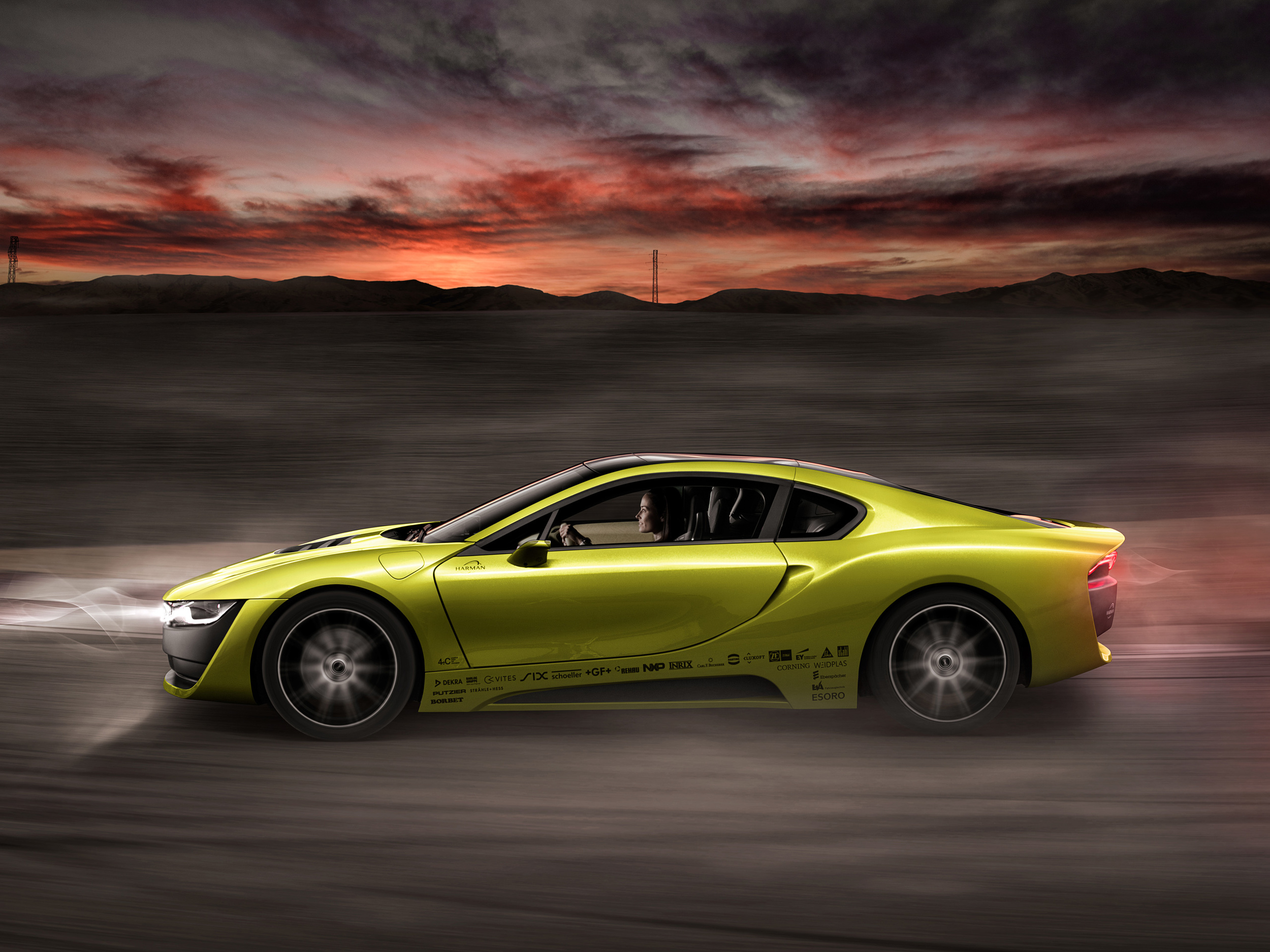
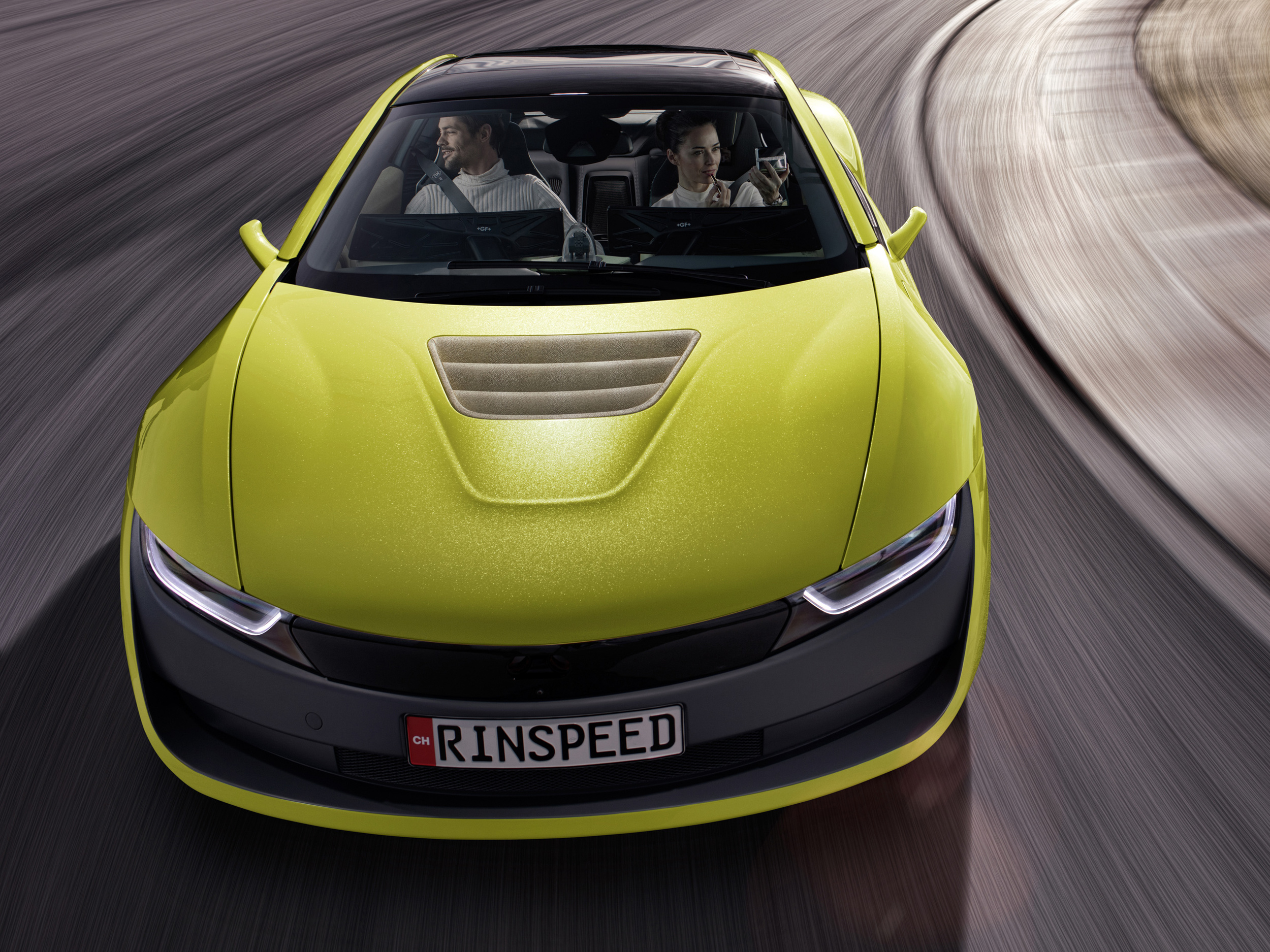
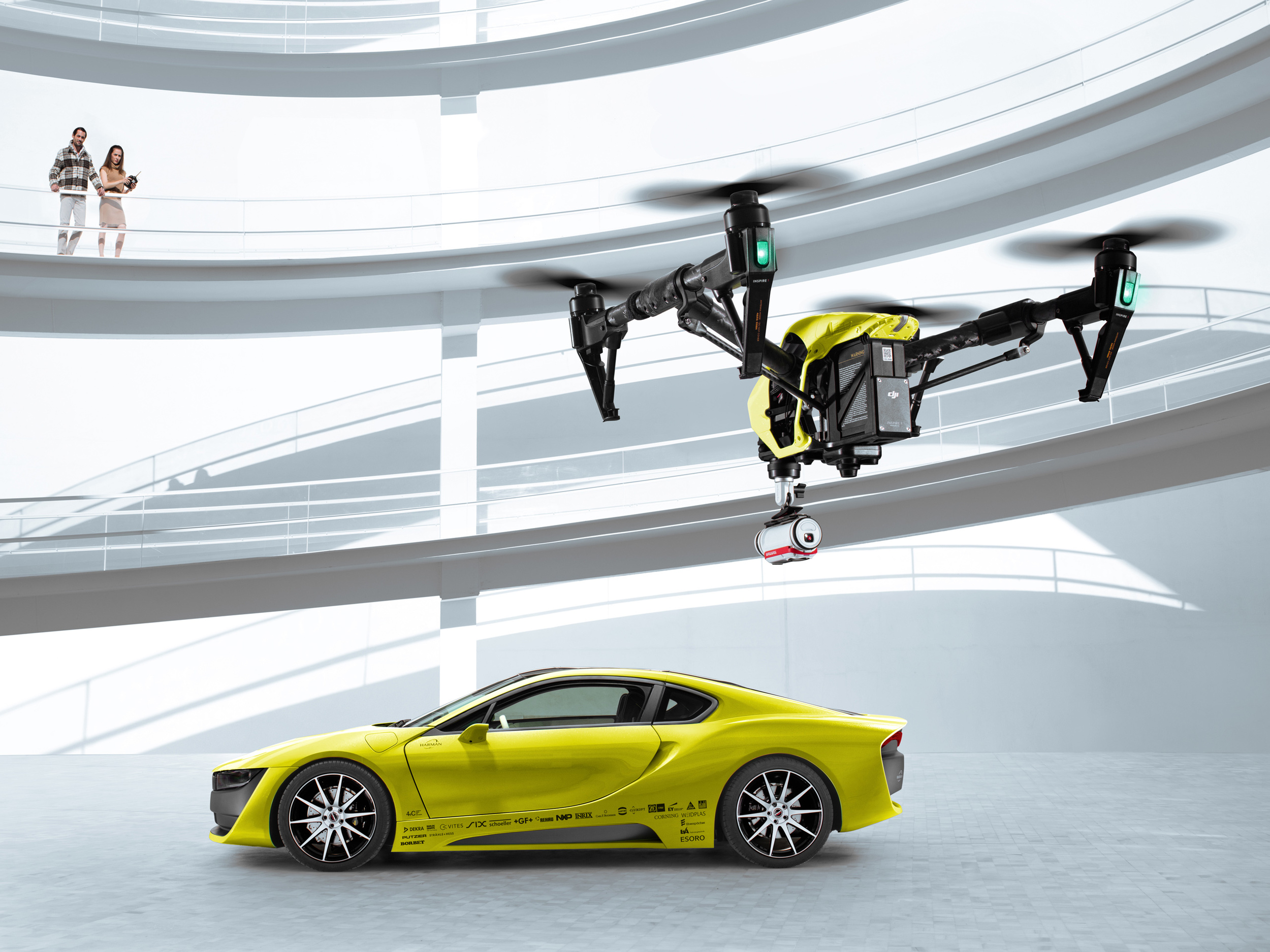
For the first time ever, Rinspeed is to debut a concept car outside of its Swiss homeland, choosing the Consumer Electronics Show (CES) in Las Vegas for the world premiere of its new autonomous Etos.
Rinspeed owner, Frank M. Rinderknecht, says: “The digital world will provide the major and above all the disruptive innovations in automotive engineering. That is why nowadays all major car manufacturers and suppliers are present at the CES Consumer Electronics Show.”
Based on BMW i8 underpinnings with design by the specialist team at 4erC, the Etos is described as a sustainable but also a fast racer.
The coupe bodywork utilises lightweight materials with an aluminum front structure bonded to a carbon fibre passenger cell, topped off with smartphone-style Gorilla glass for the roof.
The Etos is fitted with an on-board drone complete with landing platform in the rear (also made with Gorilla glass), fitted with 12,000 individually controlled LEDs which can transform it into an electronic message board or a visual dancefloor.
The drone itself can provide some very useful services, says Rinspeed, like picking up a bouquet of flowers ordered on the way home or shooting a selfie of your drive and streaming it live to your friends.
The technical highlight in the interior is the folding and retracting steering wheel from ZF TRW, which disappears into the dashboard in a few seconds, creating lots of space in front of the driver who can then read a book in comfort or work in a more relaxed atmosphere.
An intelligent infotainment experience, provided by Harman Connected Car technologies, gets to know the appointments, wishes and needs of the occupants and then proactively offers up tailored selection options accordingly.
This reduces the number of manual entries required but when necessary, the system responds to voice commands, gestures, touch input, controller or the push of a button.
A total of eight HD exterior cameras provide 180-degree panoramic views in front of the vehicle and behind, acting as virtual exterior mirrors with an expanded field of vision and no blind spots.
The Rinspeed Etos will make its global debut at the CES, from 5-8 January, 2016, as part of the HARMAN event in the Muse Hall of the Hard Rock Hotel in Las Vegas.
Its European premiere will follow at the Geneva Motor Show in March.
Technology, Motorshow, Events, News

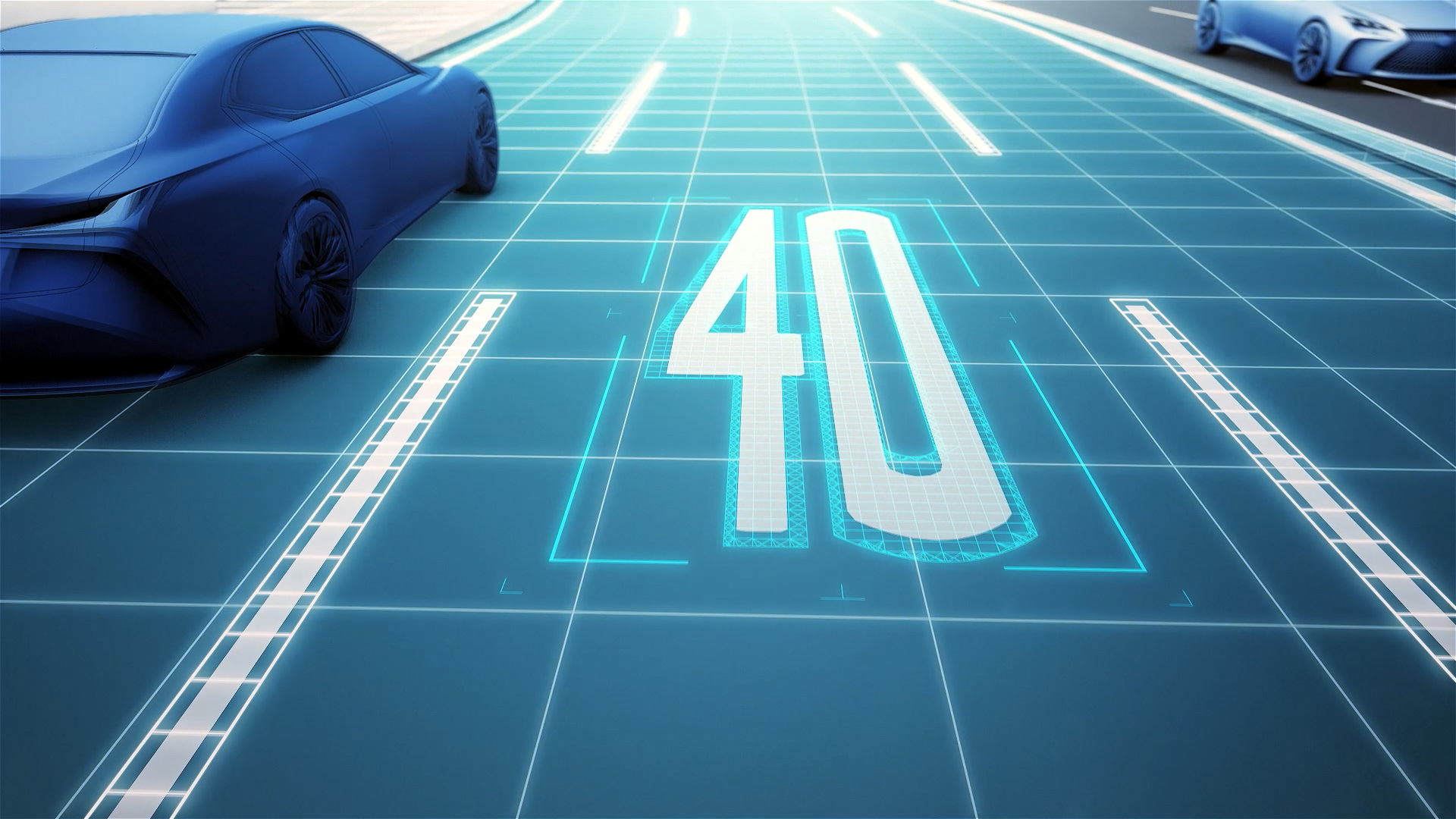
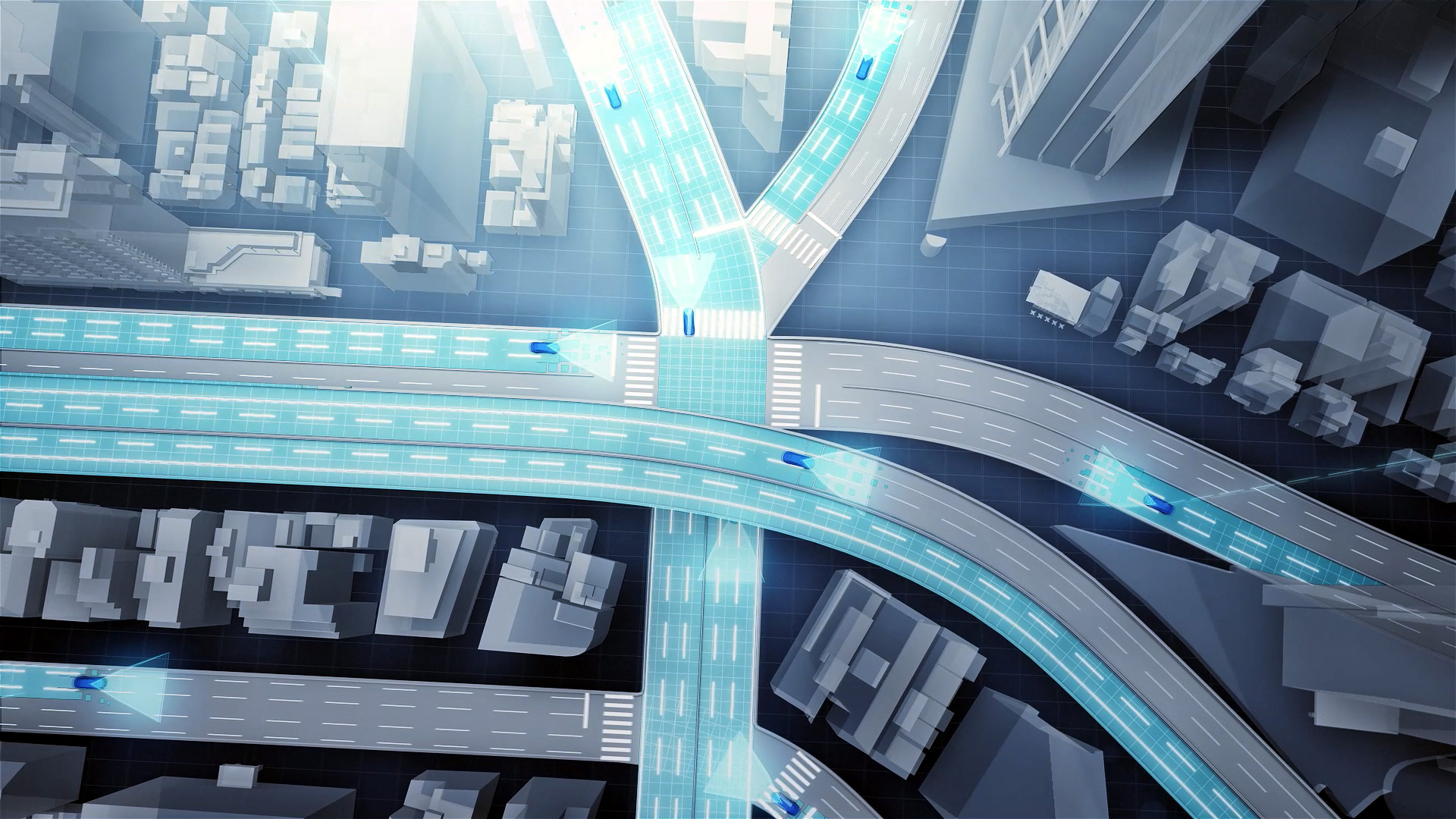
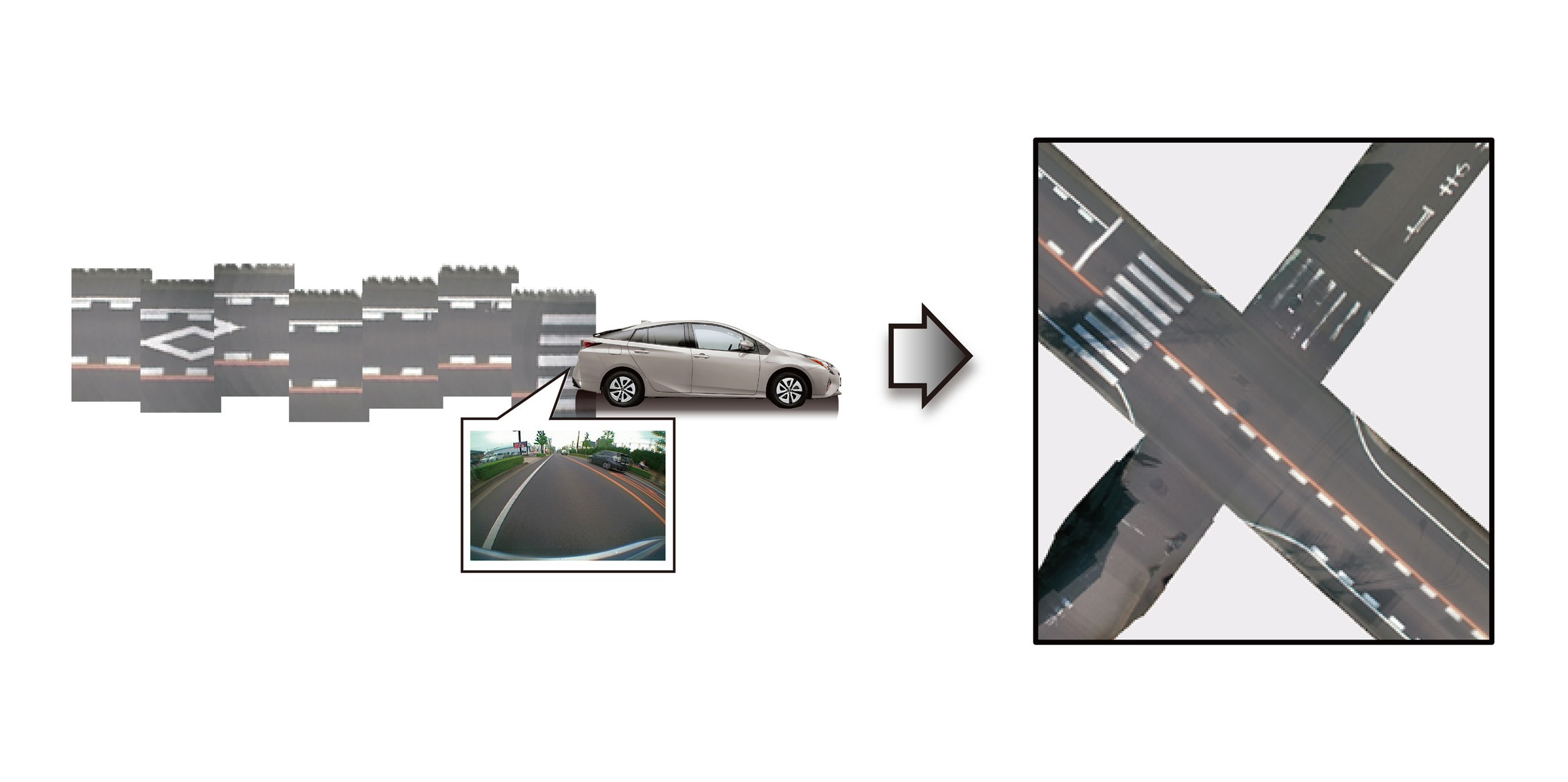
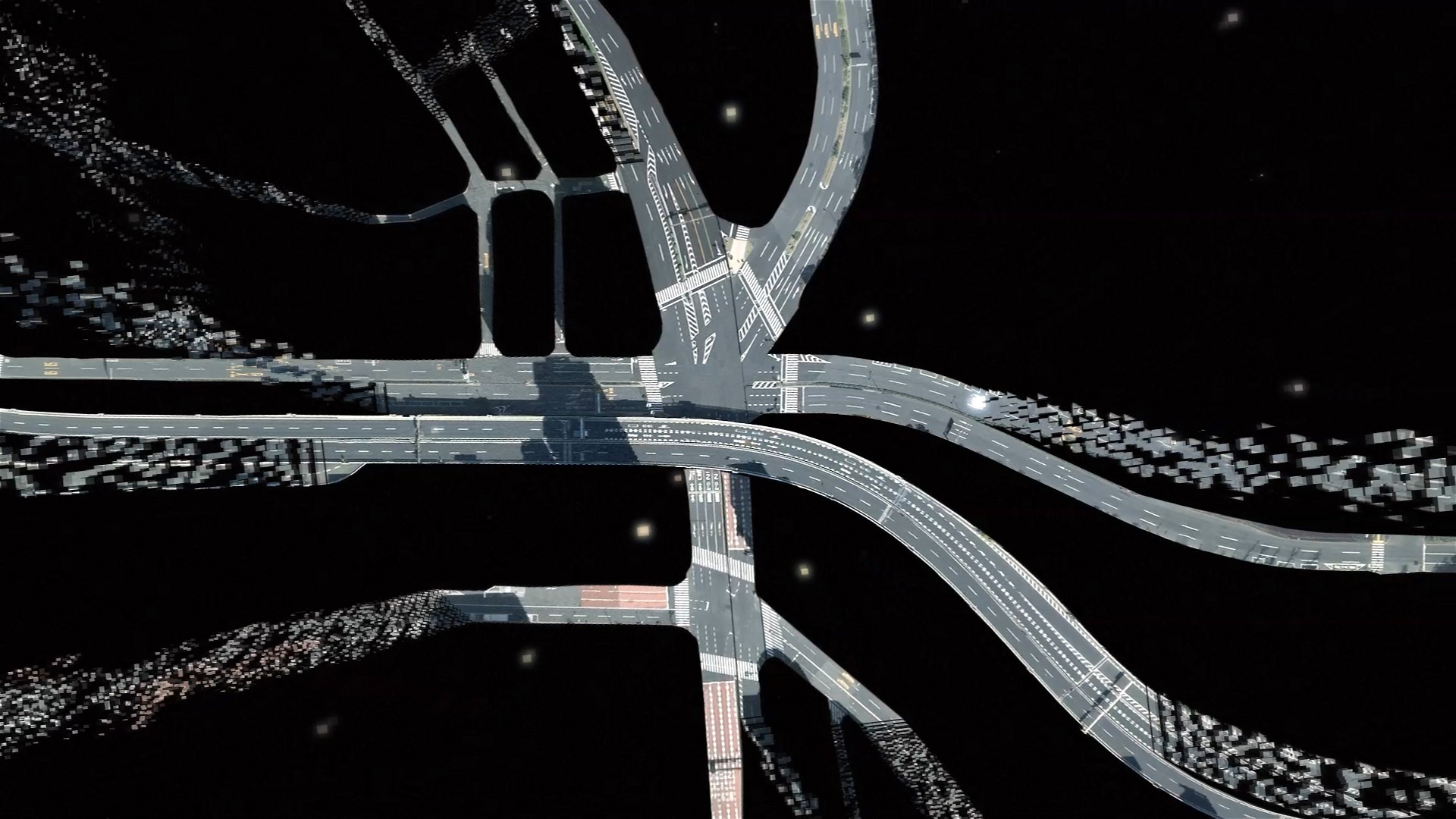
Toyota’s new high-precision map generation system to support the safe implementation of automated driving, is set to go on display at CES (Consumer Electronics Show) in January.
The new system will use data from on-board cameras and GPS devices installed in production vehicles. Road images and vehicle positional information is sent to data centres, where it is automatically pieced together, corrected and updated to generate high precision road maps that cover a wide area.
An understanding of road layouts and traffic rules (including speed limits and various road signs) is essential for the successful implementation of automated driving technologies. Additionally, high precision measurement of positional information requires the collection of information on dividing lines, kerbs, and other road characteristics.
Until now, map data for automated driving purposes has been generated using specially-built vehicles equipped with three-dimensional laser scanners. These vehicles are driven through urban areas and on highways, and data is collected and manually edited to incorporate information such as dividing lines and road signs. Due to the infrequent nature of data collection, maps generated in this manner are seldom updated, limiting their usefulness and they are also relatively costly to maintain.
Toyota's newly developed system uses automated cloud-based spatial information generation technology (developed by Toyota Central R&D Labs) to generate high precision road image data from the databanks and GPS devices of designated user vehicles. While such a system has a higher probability of error than one using three-dimensional laser scanners, positional errors can be mitigated using image matching technologies that integrate and correct road image data collected from multiple vehicles, as well as high precision trajectory estimation technologies. This restricts the system's margin of error to a maximum of 5 cm on straight roads. Utilising production vehicles and existing infrastructure to collect information, this data can be updated in real time. Furthermore, the system can be implemented and scaled up at a relatively low cost.
To support the spread of automated driving technologies, Toyota plans to include this system as a core element in automated driving vehicles that will be made available in production vehicles by around 2020. While initial use of the system is expected to be limited to expressways, future development goals include expanding functionality to cover ordinary roads and assist in hazard avoidance.
Toyota will also seek to collaborate with mapmakers to encourage the use of high precision map data in services offered by both the public and private sectors.
CES 2016 takes place in Las Vegas, from 6-9 January.
Estate Car, News, Hatchback, Technology
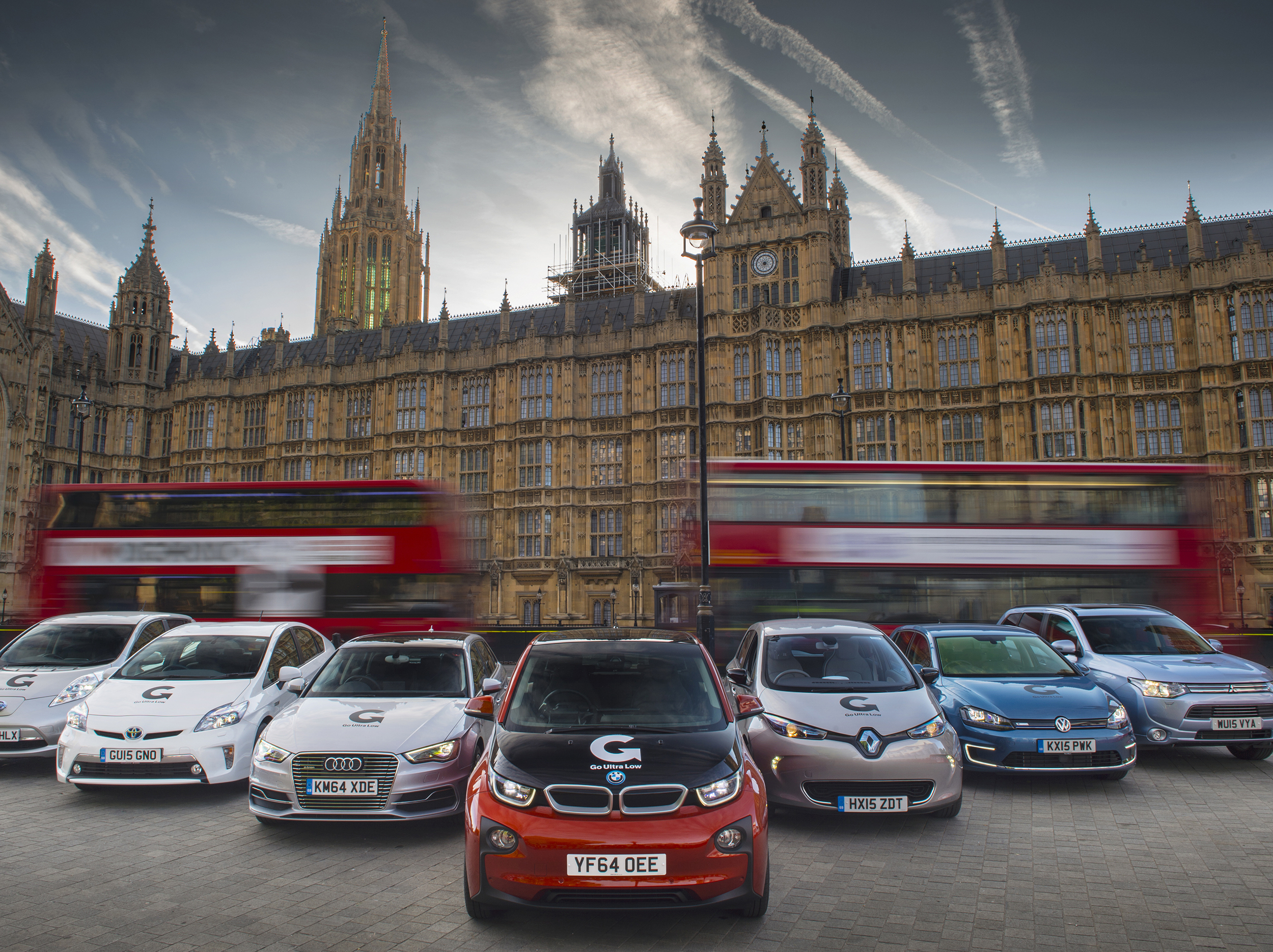
The government has announced a long-term extension to the UK’s plug-in car grant.
Backed by a £400 million package to treble the number of ultra low emission vehicles on Britain’s roads, the grant will continue beyond the latest guarantee of February 2016 until at least the end of March 2018, and will mean more than 100,000 people will benefit over the coming years — double the number who have already claimed the grant since 2011. From next March, buyers of the greenest cars can save up to £4,500 off the overall purchase price.
Transport Minister Andrew Jones said: “The UK is a world leader in the uptake of low emission vehicles and the plug-in car grant has been key to that success. Extending the grant in a sustainable way ensures more than 100,000 people will benefit from financial support when purchasing these cheap-to-run and green cars. We are determined to keep Britain at the forefront of the technology, increasing our support for plug-in vehicles to £600 million over the next 5 years to cut emissions, create jobs and support our cutting-edge industries.”
The grant was created in 2011 to encourage sales of ultra-low emission vehicles (ULEVs) and has been instrumental in the UK becoming the biggest ULEV market in the EU, and the fourth largest in the world with some 50,000 people already benefitting.
From 1 March 2016, 2 grant rates will be available to ensure the funding is sustainable and focus financial support on the greenest vehicles. ‘Category 1’ vehicles with a zero emission range of over 70 miles will benefit from a grant of £4500. ‘Category 2 and 3’ vehicles with a shorter zero emission range — such as plug-in hybrid vehicles with a petrol or diesel engine — will receive £2500.
The new grant levels reflect strong growth in the sector with sales of ULEVs doubling over the past year. Motorists also have a wider choice of 29 ULEVs on the market — 5 times as many as when the plug-in car grant was launched. The UK is also at the forefront of the roll-out of hydrogen fuel cell vehicles, which are also eligible for the £4500 grant thanks to their zero tailpipe emissions.
The government has also today announced it will continue to provide a grant to help ULEV owners have a dedicated charge point installed at their home. From 1 March 2016, the electric vehicle homecharge scheme (EVHS) will offer £500 per installation, which on average will cover around half of the cost of getting a charge point.
The plug-in car grant is just one element of a £600 million package of measures from the Office for Low Emission Vehicles over the course of this parliament which also includes funding for chargepoints, grants encouraging low emission buses and taxis and R&D funding for innovative technology such as lighter vehicles and longer-lasting car batteries.
To encourage zero emission vehicles and maximise the number of everyday motorists who can benefit from government support, a price cap will also be introduced from 1 March 2016. Category 2 and 3 models with a list price of over £60,000 will not be eligible for the grant, but all category 1 vehicles with a zero emission range of over 70 miles will be eligible for the full £4,500 grant.
The government has committed to make nearly all cars and vans in the UK zero emission by 2050, and announced in the Spending Review to increase funding to £600 million between 2015 and 2020 to support the development, manufacture and uptake of ULEVs.
This commitment was reinforced when the UK was one of 14 international members of the Zero Emission Vehicle Alliance to sign a pledge promoting the uptake of electric cars at the recent Paris climate conference.
Events, F1, Motorsports, Technology
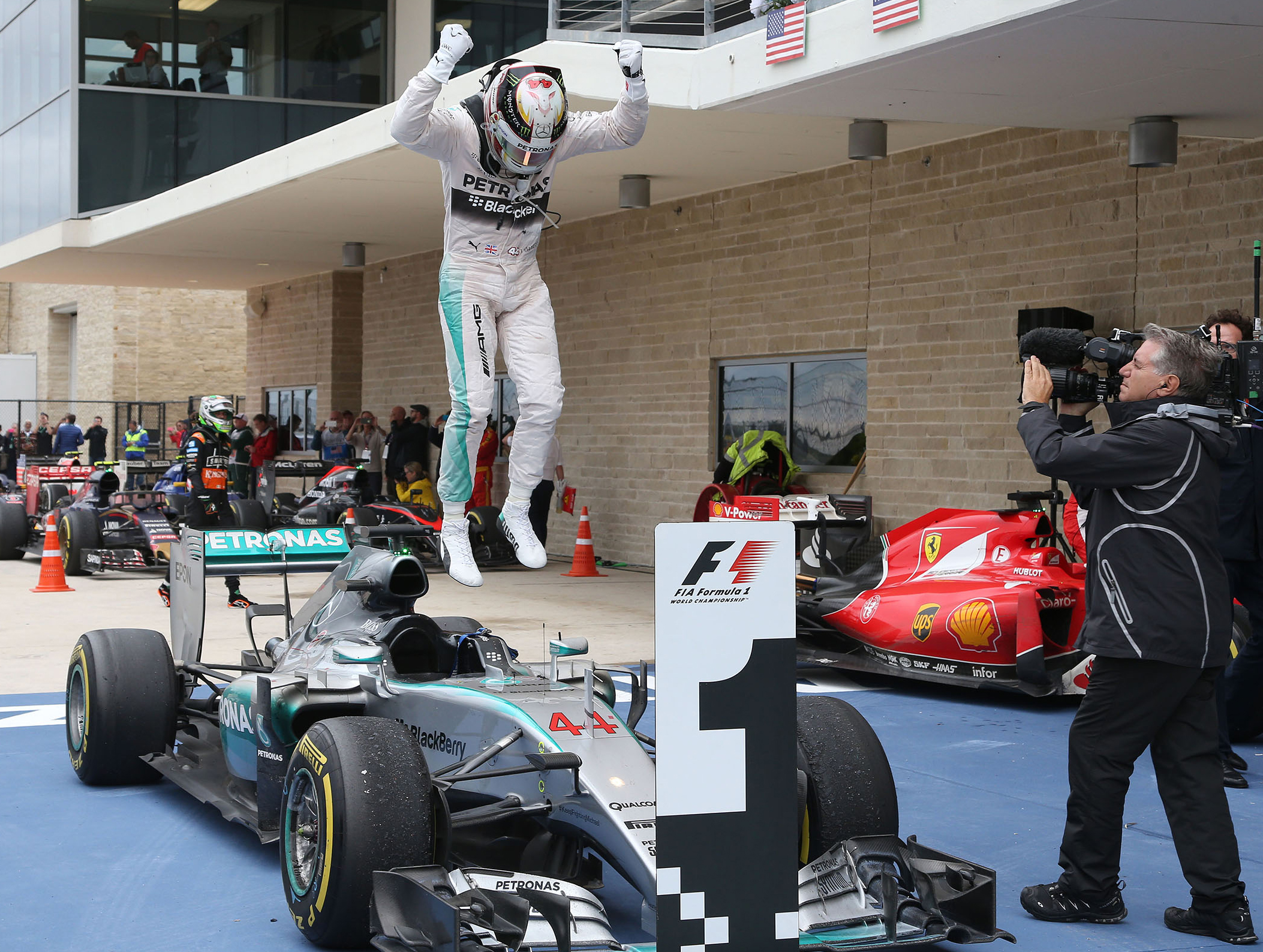
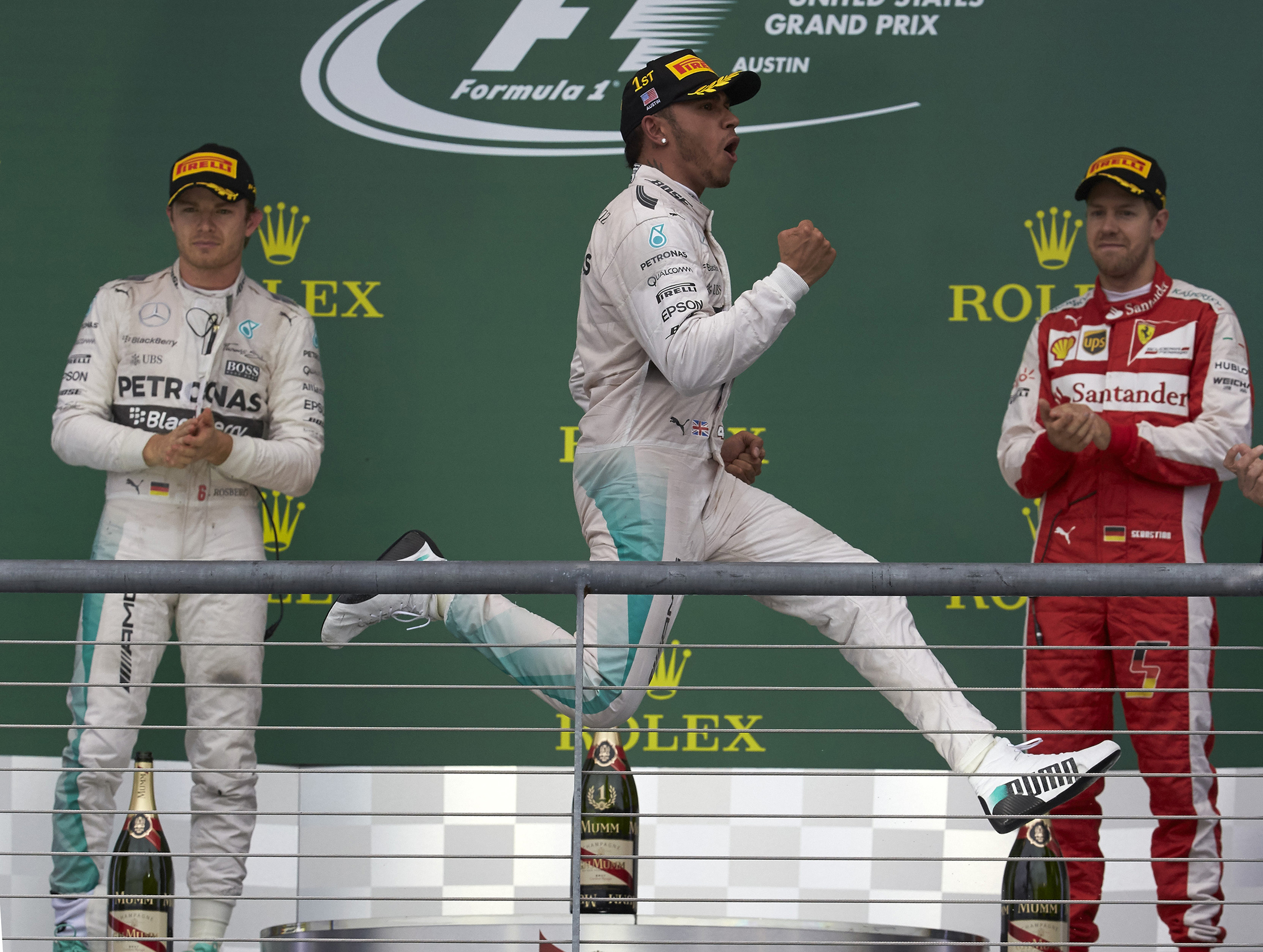
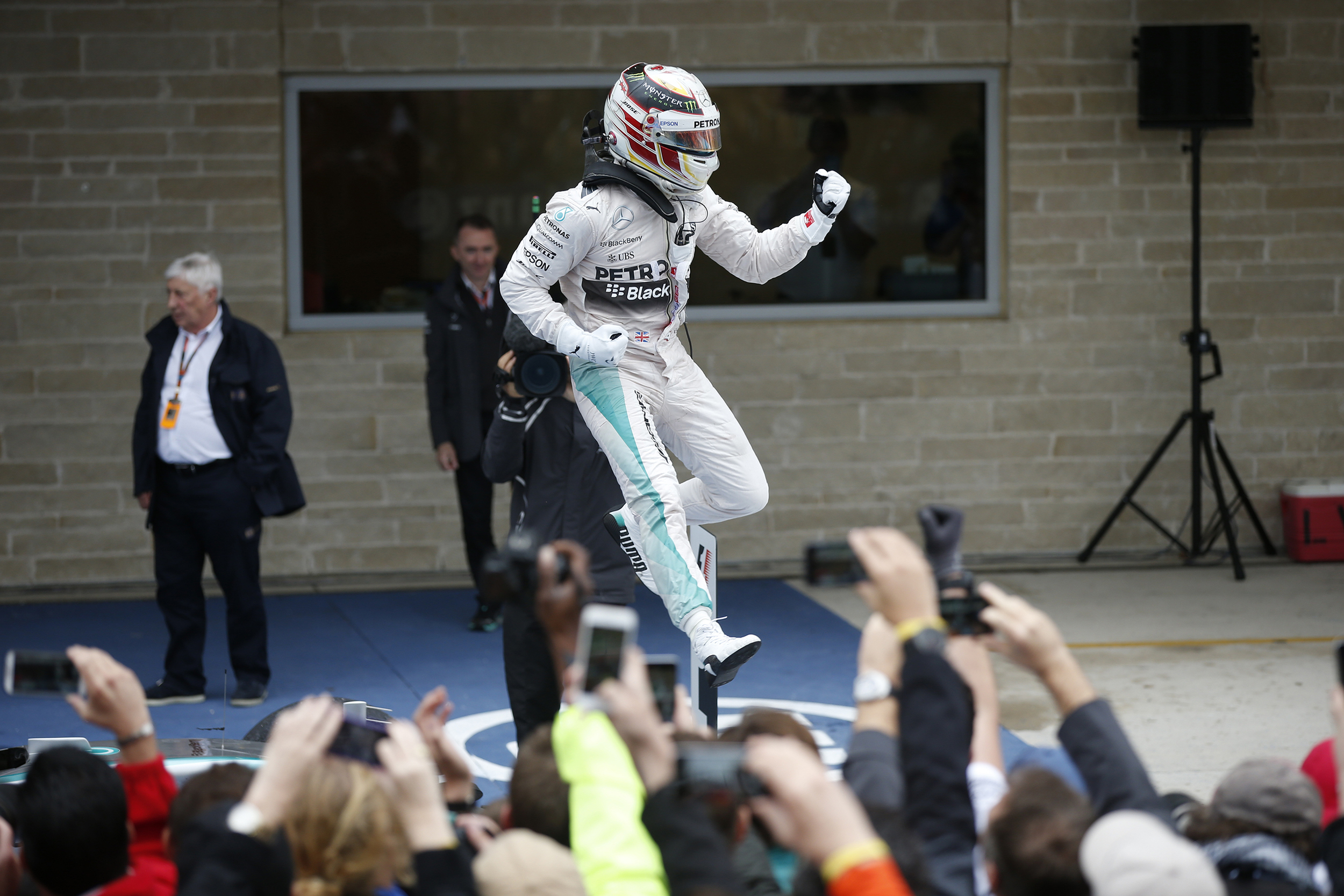

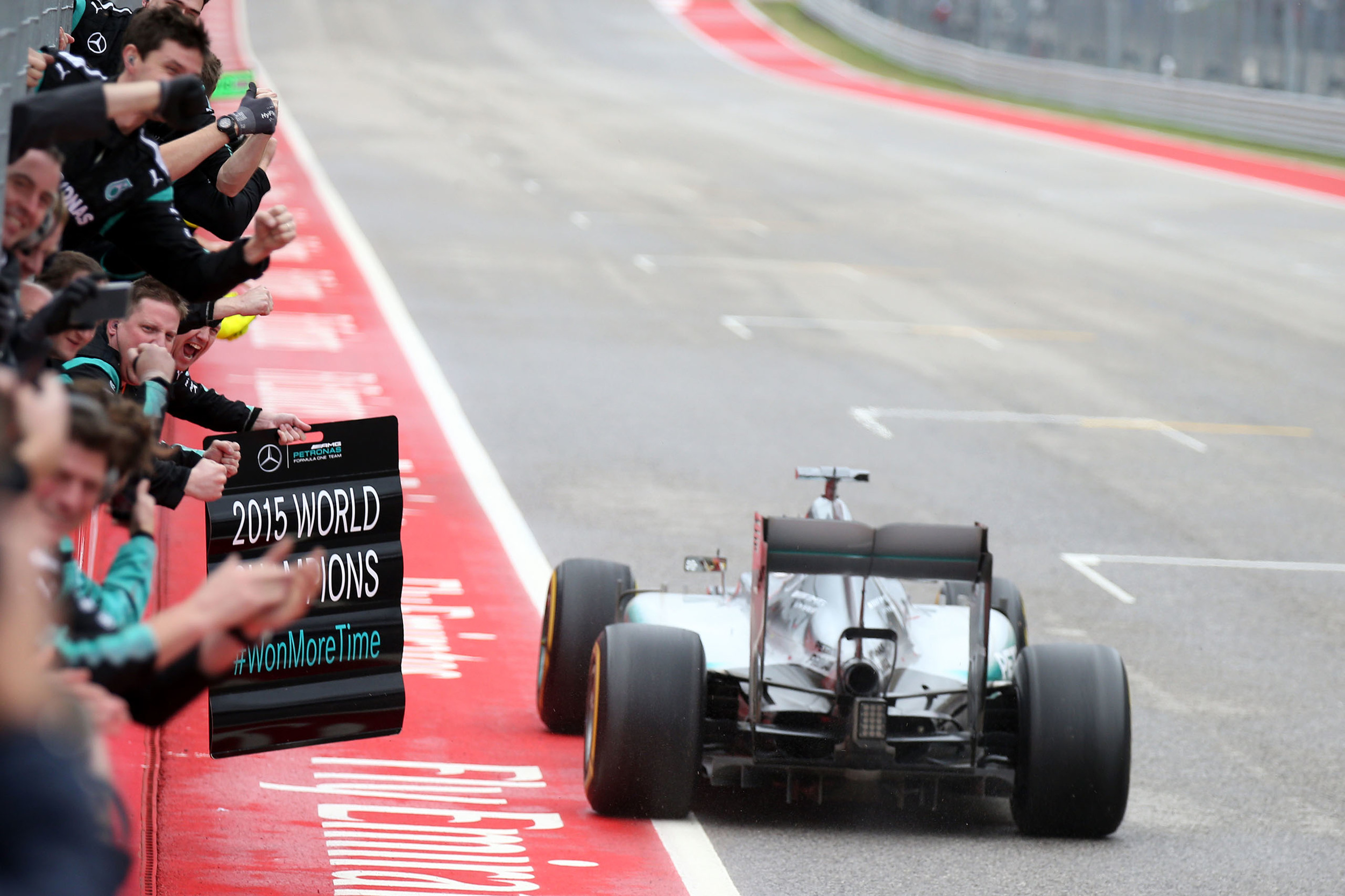
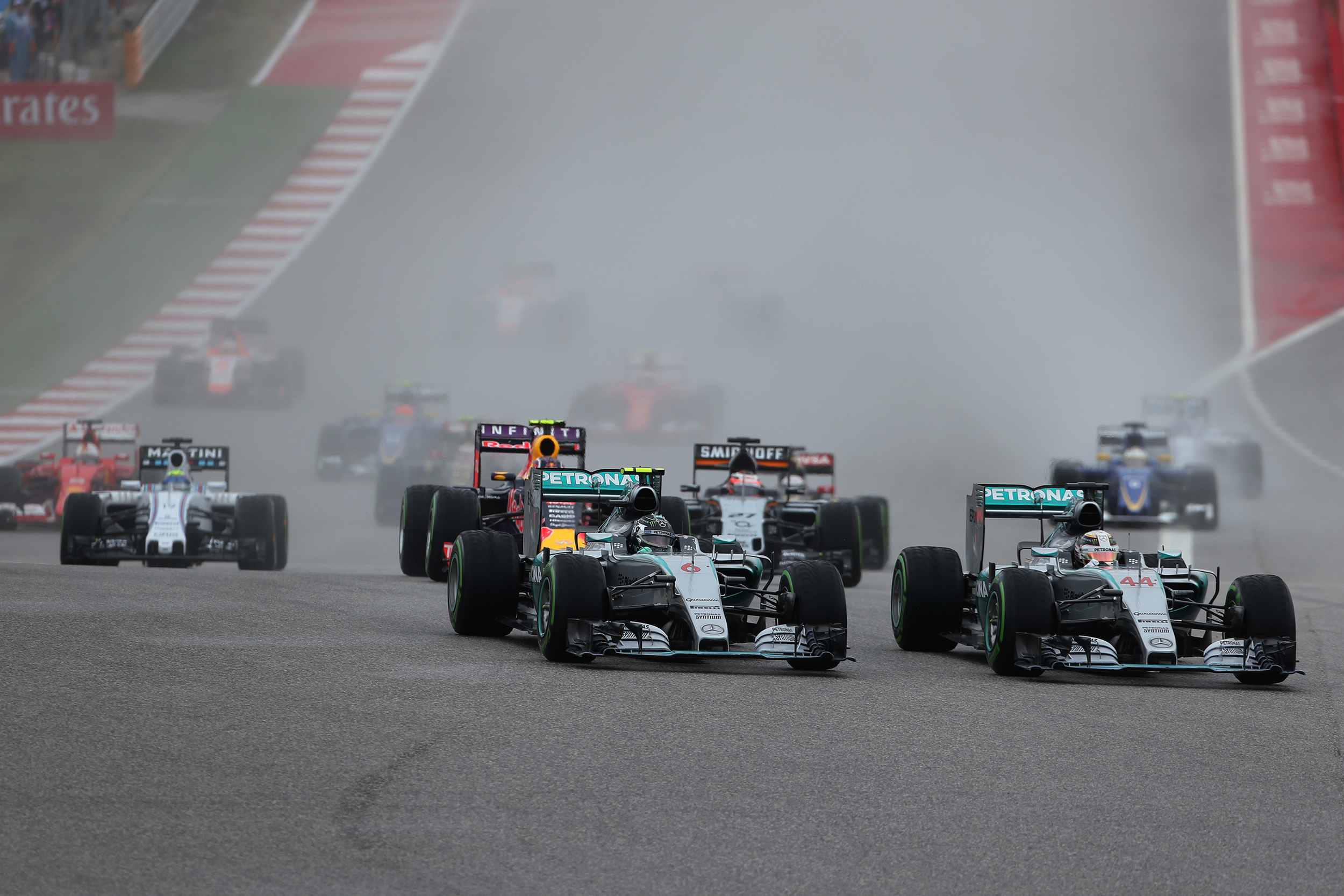
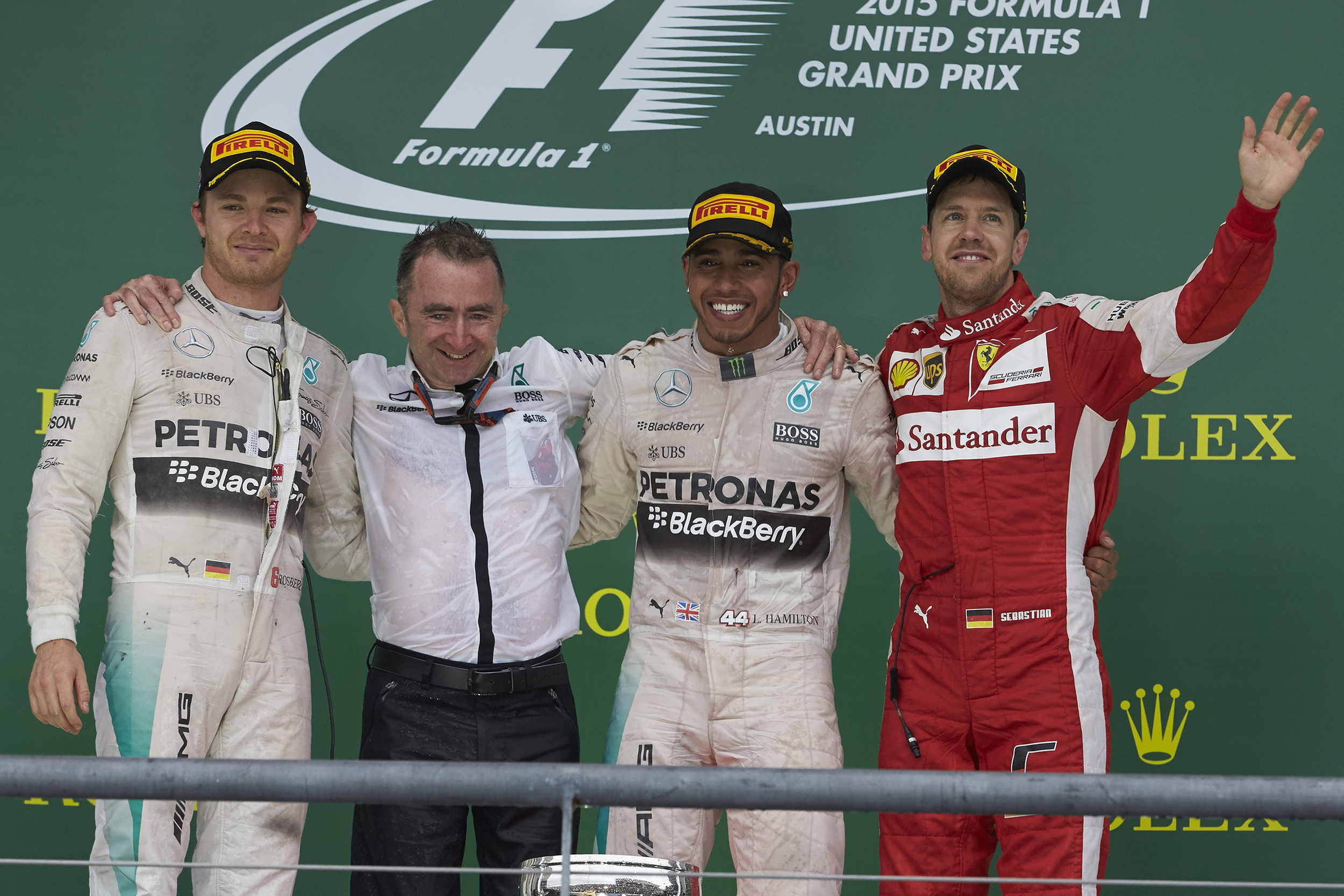
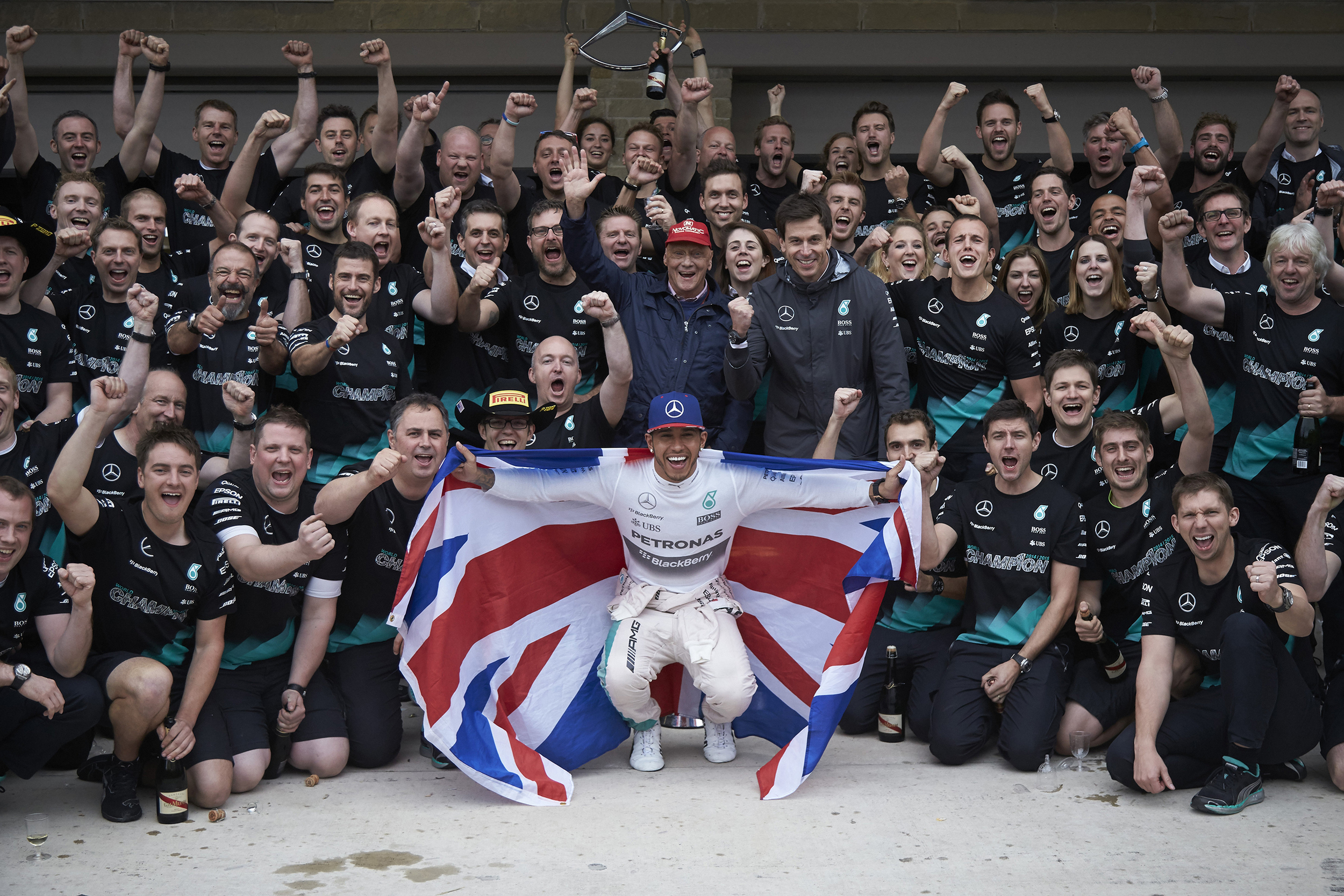

BBC Sport is to end its Formula 1 television contract three years early, with Channel 4 taking over from next season.
The beeb described how it has to 'reluctantly' cancel the remaining three years of its contract as part of savings across the corporation. Barbara Slater, BBC's director of sport said: "The current financial position of the BBC means some tough and unwanted choices have to be made. A significant chunk of BBC Sport's savings target will be delivered through the immediate termination of our TV rights agreement for Formula 1.”
BBC Sport broadcasted 10 live races of Lewis Hamilton's world championship-winning season in 2015 with a one-hour build-up to each grand prix. It also offered highlights of the nine other races. As part of a £150m gap in the corporation's finances from next year, BBC Sport was asked to deliver £35m of savings.
BBC Sport regained F1 rights from ITV in 2009 but - in another cost-saving move - had been sharing the broadcast rights with Sky Sports since the 2012 season.
Channel 4 and Formula One agreed the new three-year deal for 2016-2018, and immediately confirmed the live races to be broadcast without advertising breaks. Channel 4 will broadcast 10 races per season live – with highlights of all 21 races, including practice and qualifying sessions, in each of the three FIA Formula One World Championship seasons from 2016 to 2018. It will also broadcast highlights of all 21 Grands Prix and qualifying sessions – including those shown live by Sky Sports F1. All of the live coverage and highlights will be broadcast free-to-air and in high definition.
Bernie Ecclestone, Chief Executive Officer of the Formula One group said: “I am sorry that the BBC could not comply with their contract but I am happy that we now have a broadcaster that can broadcast Formula 1 events without commercial intervals during the race. I am confident that Channel 4 will achieve not only how the BBC carried out the broadcast in the past but also with a new approach as the World and Formula 1 have moved on.”
David Abraham, Channel 4 Chief Executive said: “Formula One is one of the world’s biggest sporting events with huge appeal to British audiences. I’m delighted to have agreed this exciting new partnership with Bernie Ecclestone to keep the sport on free-to-air television.”
Details of the 2016 races broadcast live by Channel 4 will be agreed in early-2016. Further details of Channel 4’s production and presenting teams will also be announced in due course.
Electric, Hatchback, News, Technology

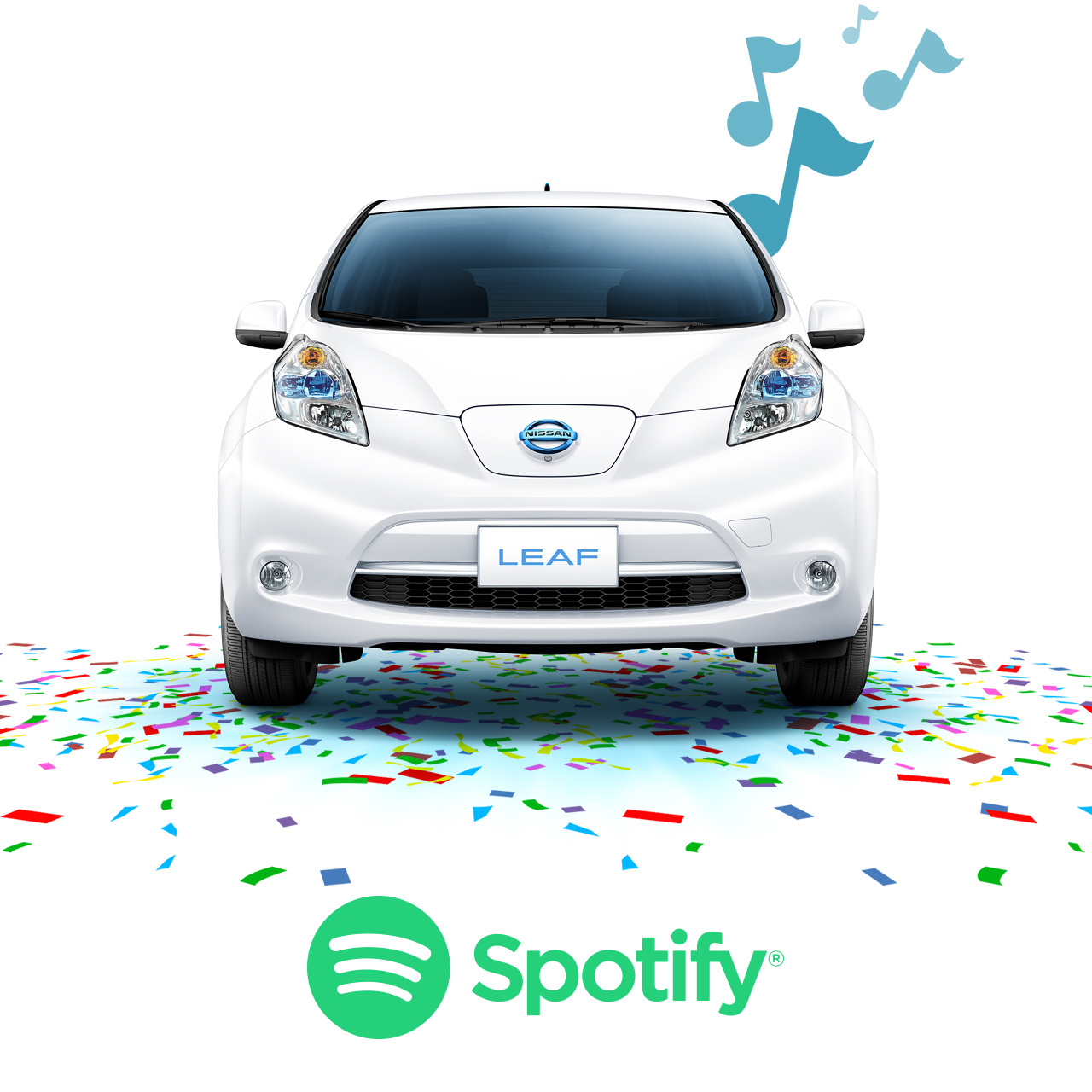
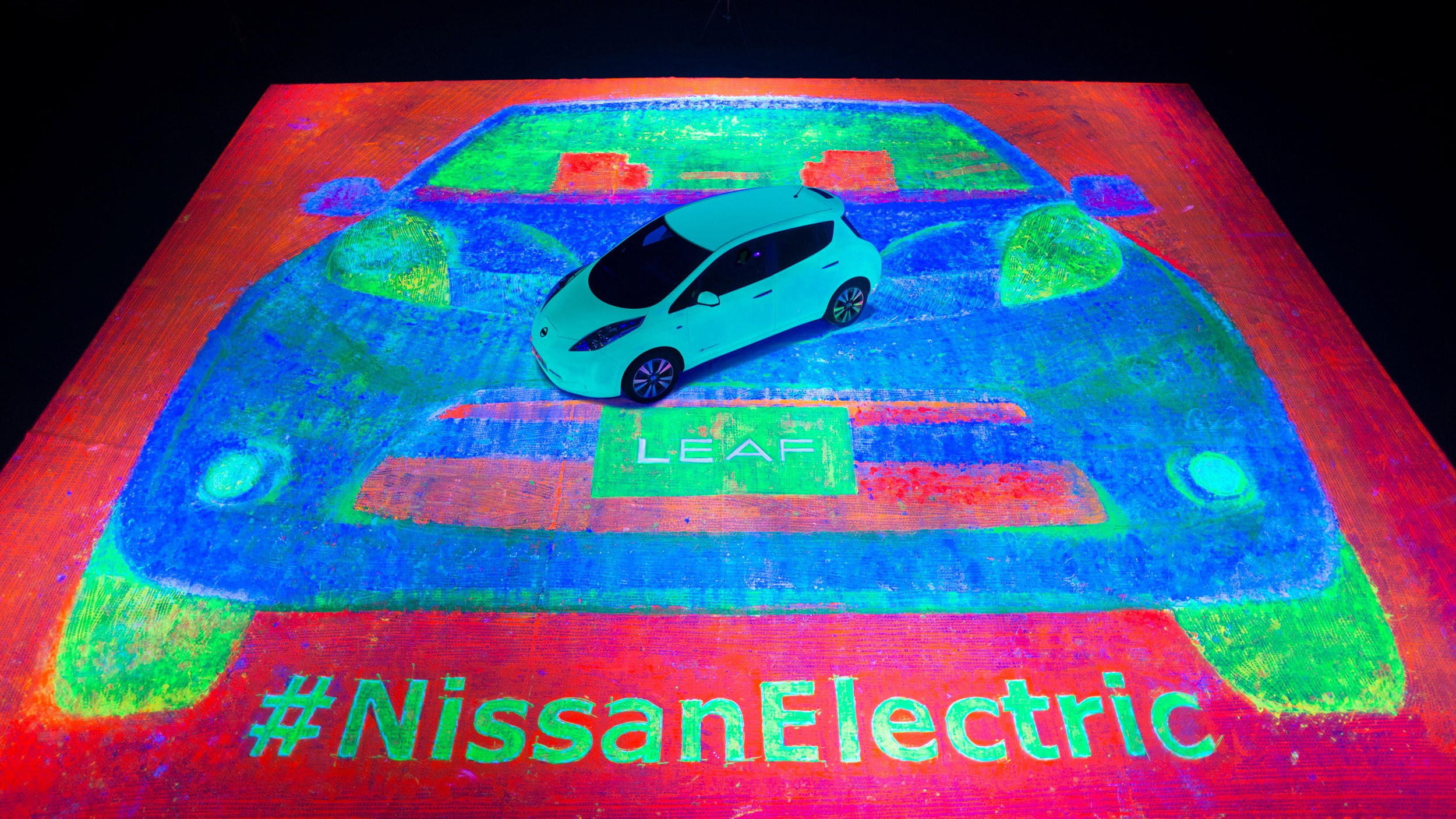

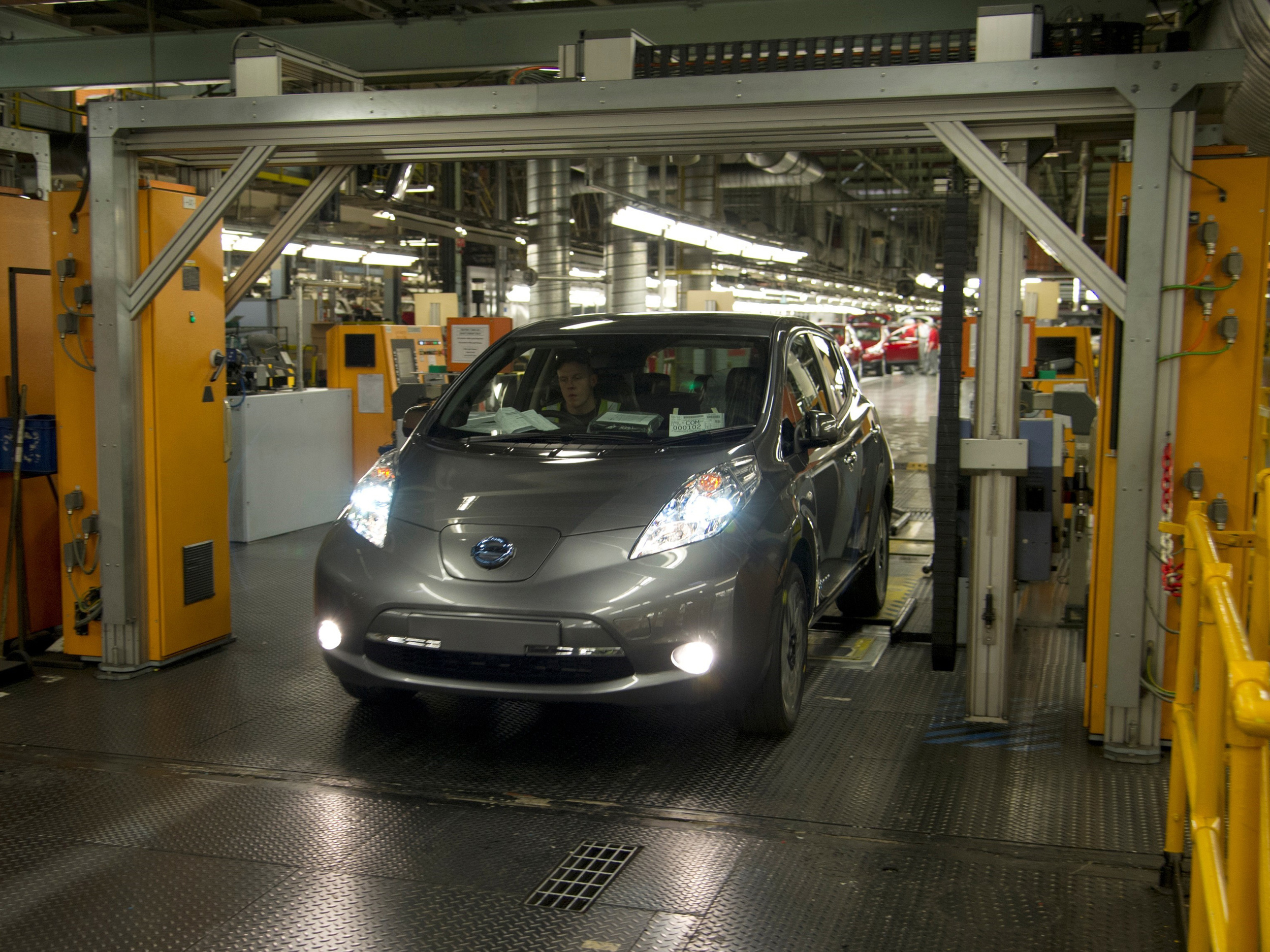

Nissan has launched a Spotify playlist specially curated by fans around the world in celebration of the fifth anniversary of the delivery of the world's first all-electric LEAF.
Users can search for the "100% Nissan LEAF 5th Birthday" playlist on Spotify and hear 10 fan-suggested songs ranging from No. 1 hits to obscure B-side tracks, all of which can be streamed via the Bluetooth connection in the LEAF or other Nissan models.
"Nissan LEAF owners are among our most enthusiastic customers, and we wanted to get them involved in a unique way as we celebrate LEAF's anniversary, so we asked followers on Facebook and Twitter which songs they would choose to honour the all-electric vehicle's five years on the road," said Andrew Speaker, director, Electric Vehicle Sales & Marketing, Nissan.
The first all-electric Nissan LEAF was delivered on December 11, 2010, to Olivier Chalouhi of San Francisco, and since then Nissan has sold nearly 200,000 units globally.
Nissan recently introduced the 2016 LEAF in the US, equipped with a new 30kWh battery that extends the miles per charge by more than 20 percent. The new model will be launched in Japan this month and in Europe in the new year.
As the level of electric vehicle technology continues to increase, Nissan believes that this shift towards cleaner, more efficient zero emission vehicles will contribute greatly in improving air quality and lowering noise levels.
"EV technology will continue to be at the heart of Nissan's product development efforts. By combining our pioneering EV technologies and other intelligence and innovations, Nissan is moving closer to a zero-emission future for car transportation. With the technologies we are creating, mobility is becoming safer, cleaner, more connected and more exciting. That's the power of innovation. And that's what you can expect from Nissan," said Nissan President and CEO Carlos Ghosn.
Concept Car, Events, Motorshow, SUV, Technology
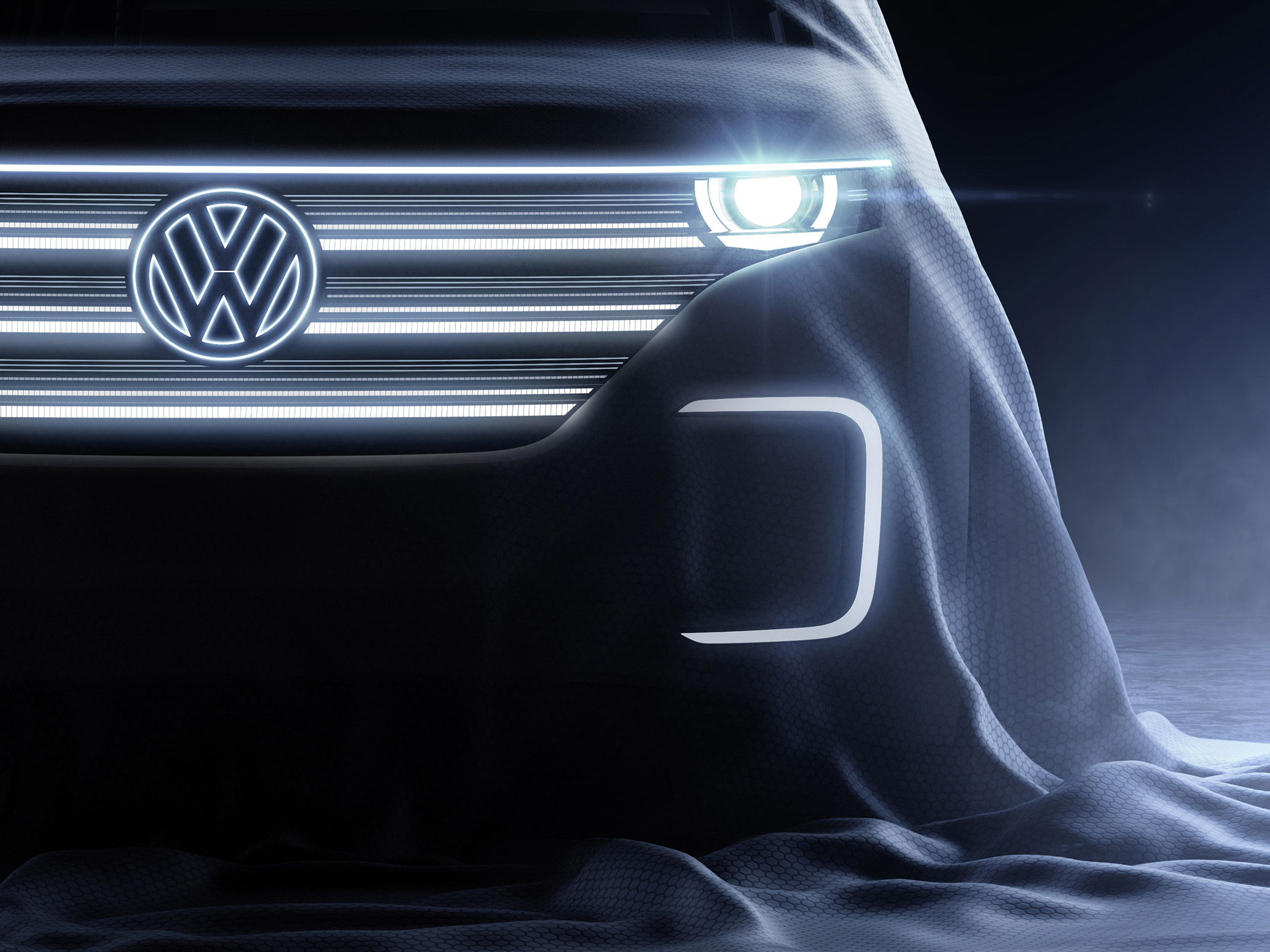
Volkswagen will present a completely new concept car at next month's Consumer Electronics Show, CES, in Las Vegas.
The concept is said to illustrate the major changes that the car is set to go through in the next few years, marking the beginning of a new era of affordable long-distance electromobility.
VW claims that innovative features will demonstrate the benefits to the customer that it will soon be able to deliver, thanks to the increasing interconnectedness of the motor car.
Dr Herbert Diess, Chairman of the Volkswagen Passenger Cars brand, will be the keynote speaker on the evening before the show opens its doors. The main focus of his speech will be on the latest developments in electromobility, as well as the next generation of connectivity.
Volkswagen's display will also preview the latest developments in in-car infotainment that are close to market launch, including innovations from the Golf R Touch concept car.
The CES has long been considered a barometer of the key trends in digitalisation and consumer electronics, presenting the latest products and services to more than 150,000 trade visitors every year.
CES 2016 takes place from 6-9 January in Las Vegas, USA.